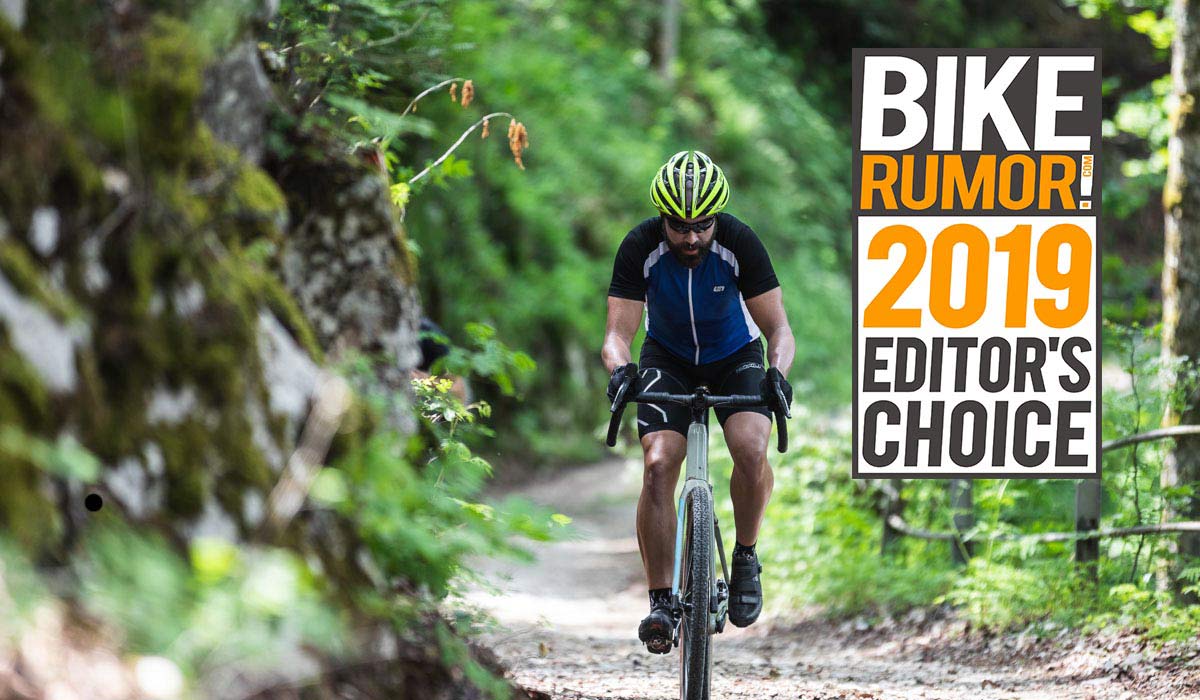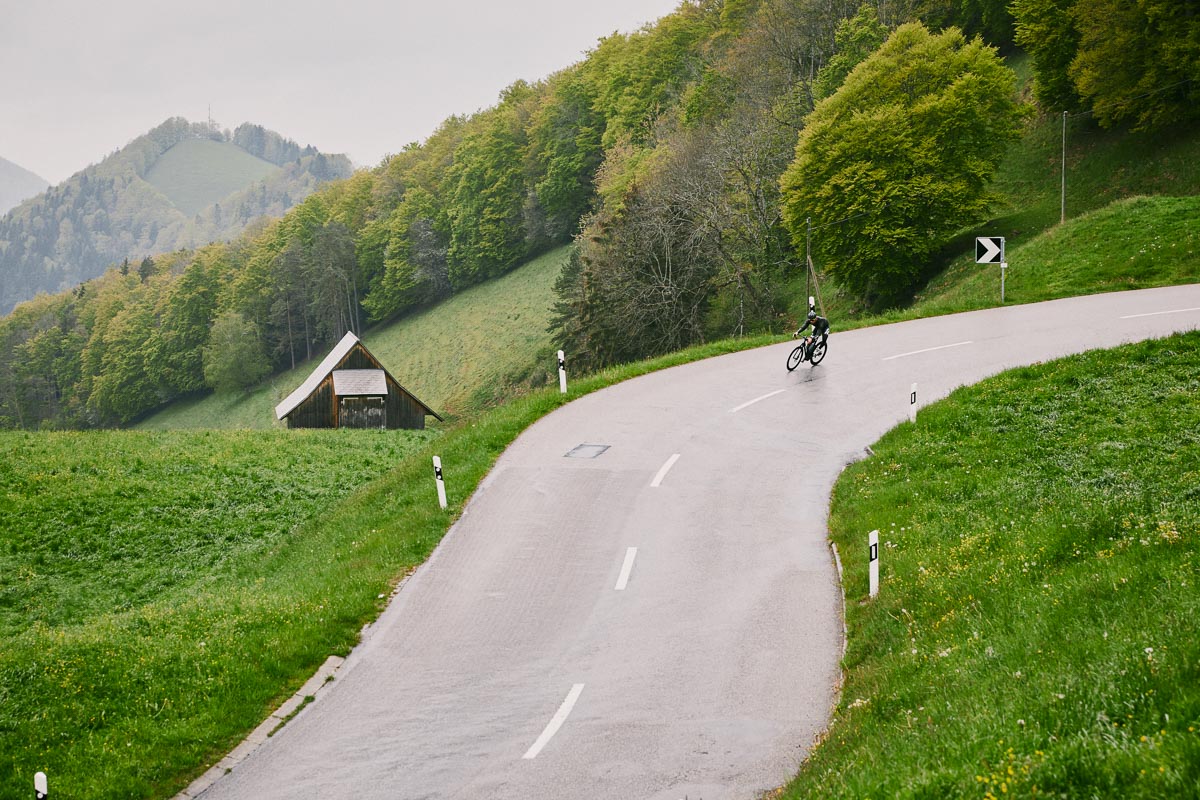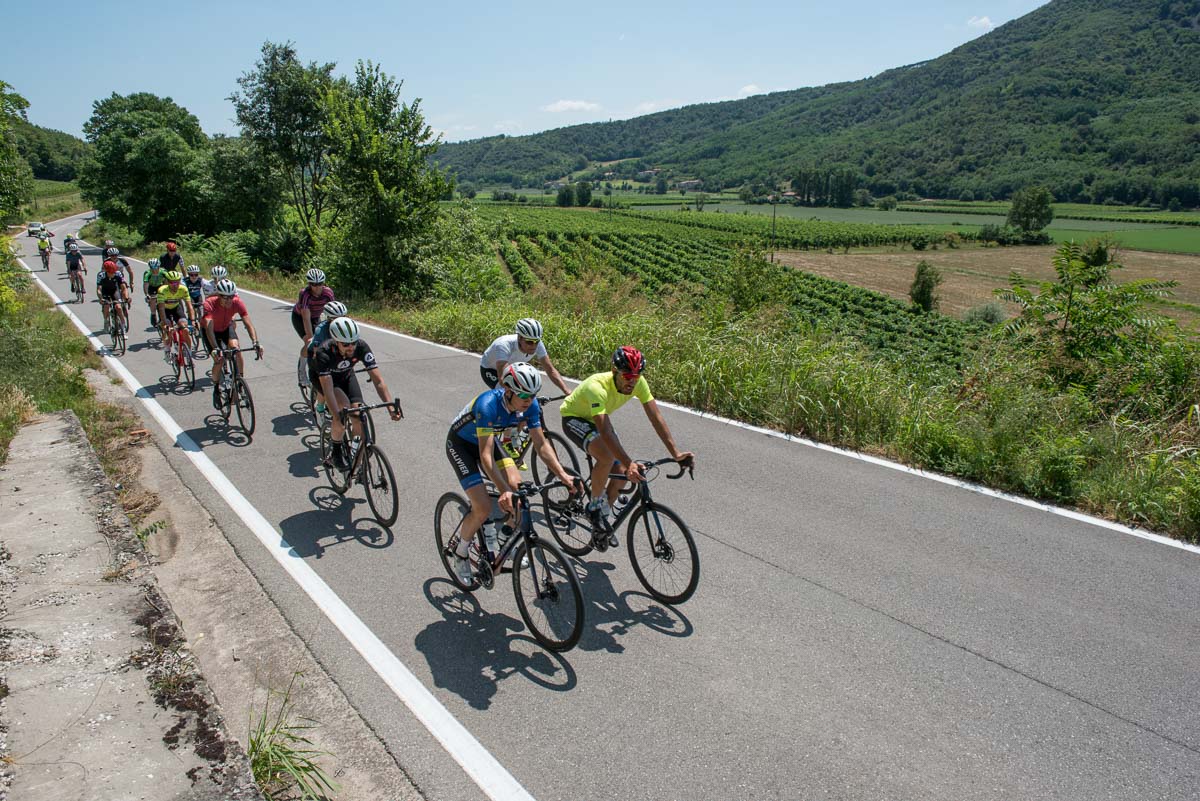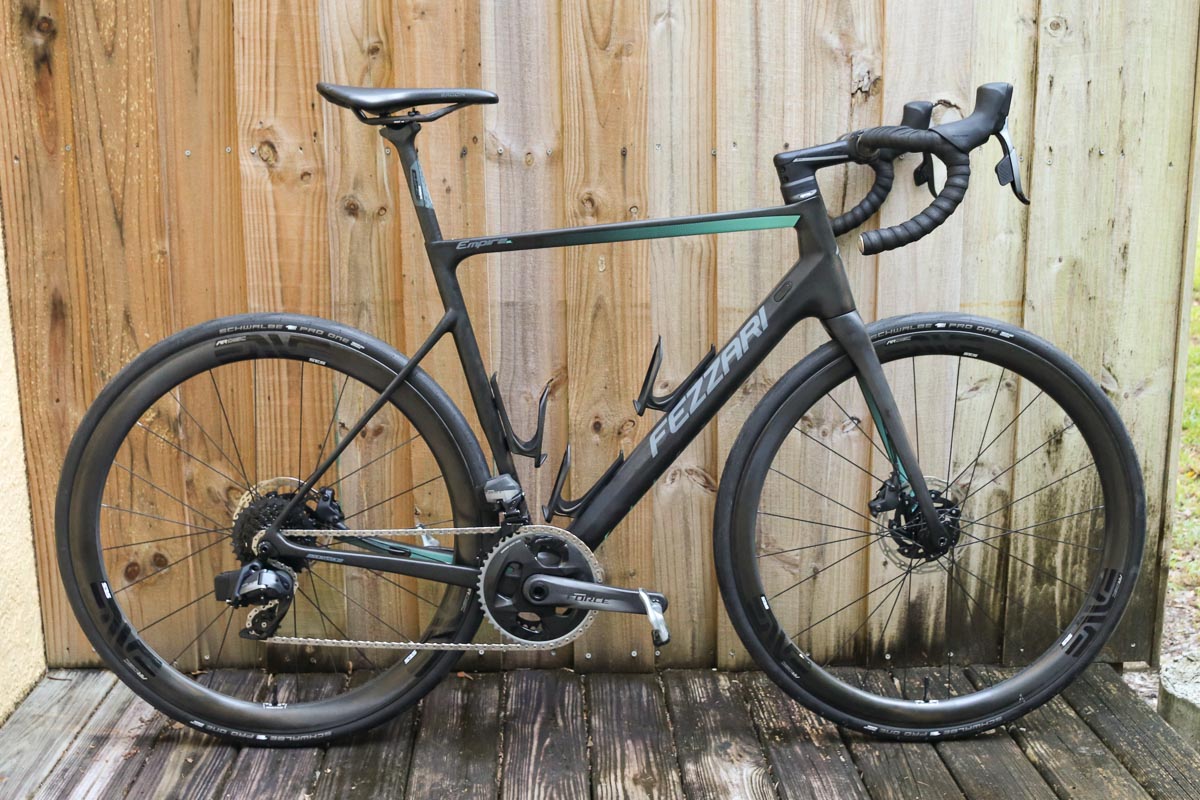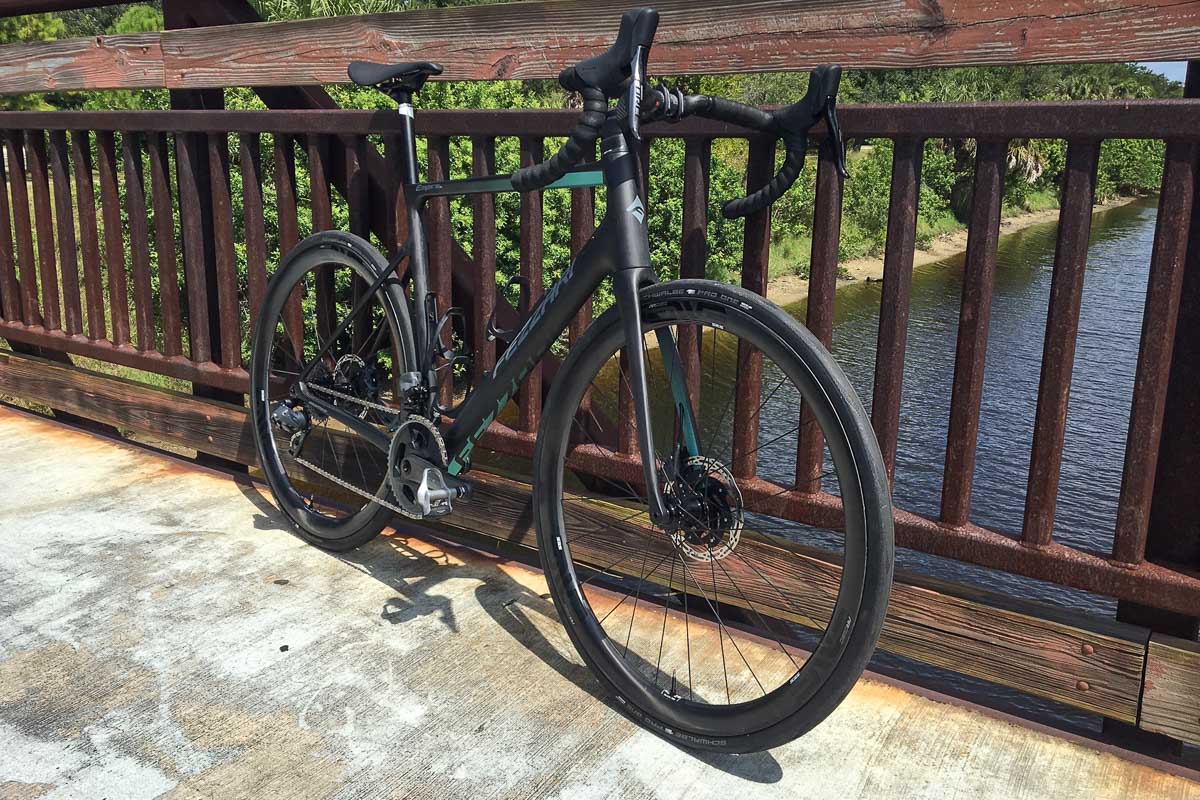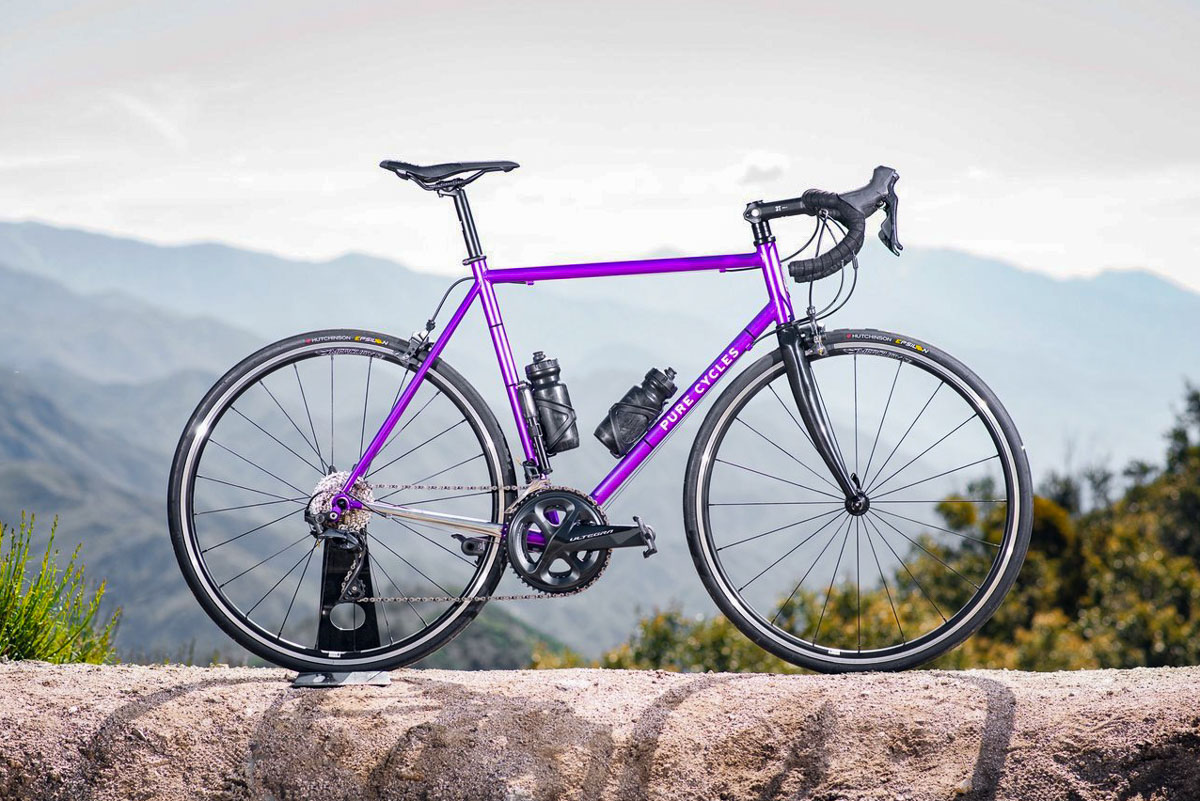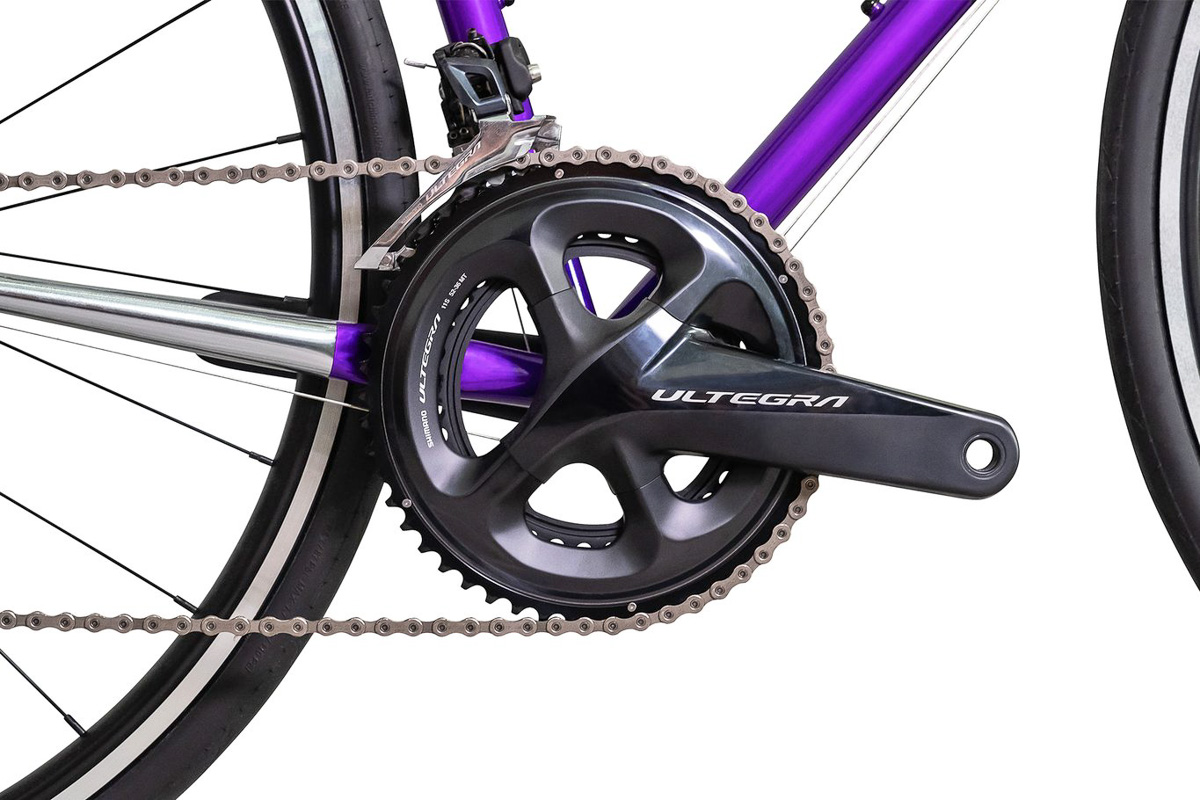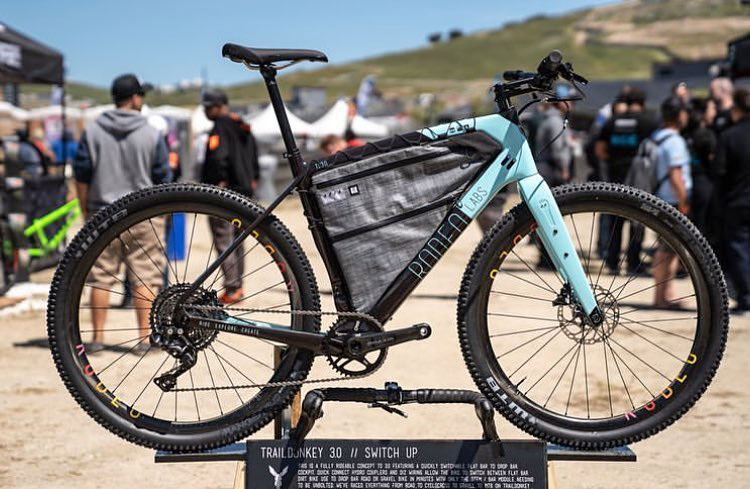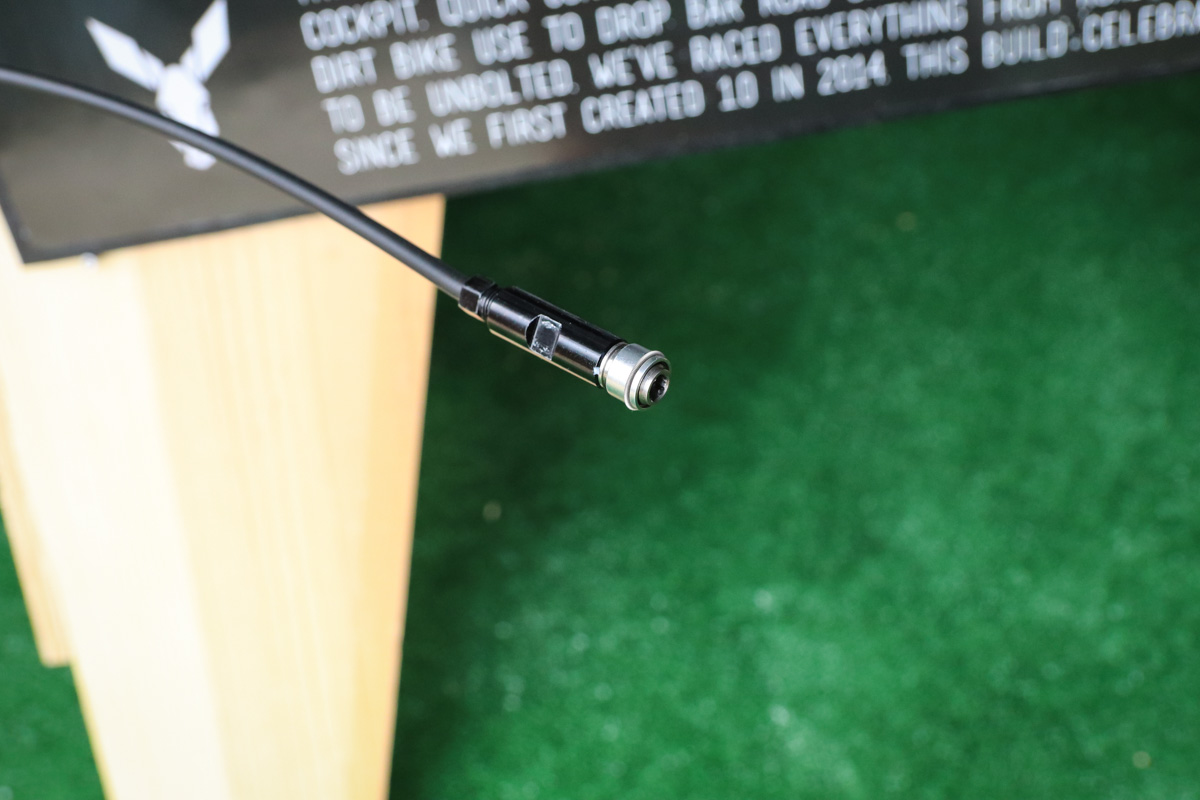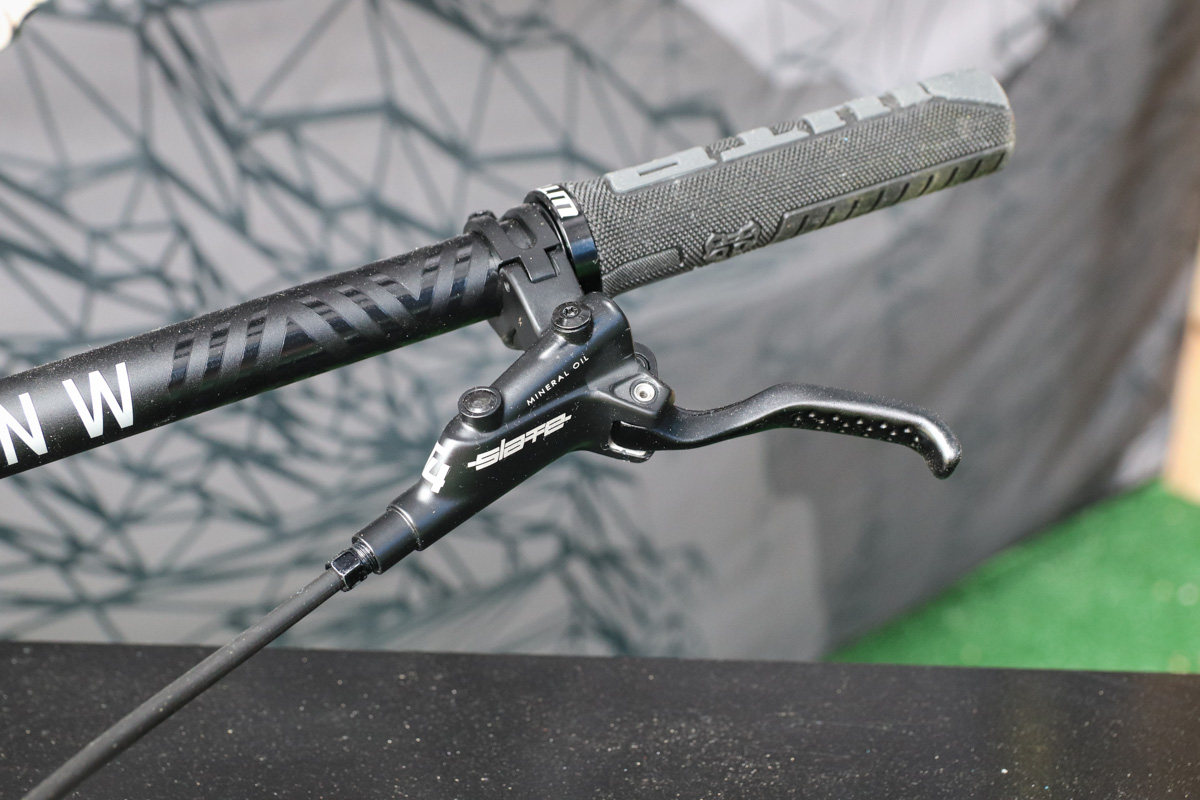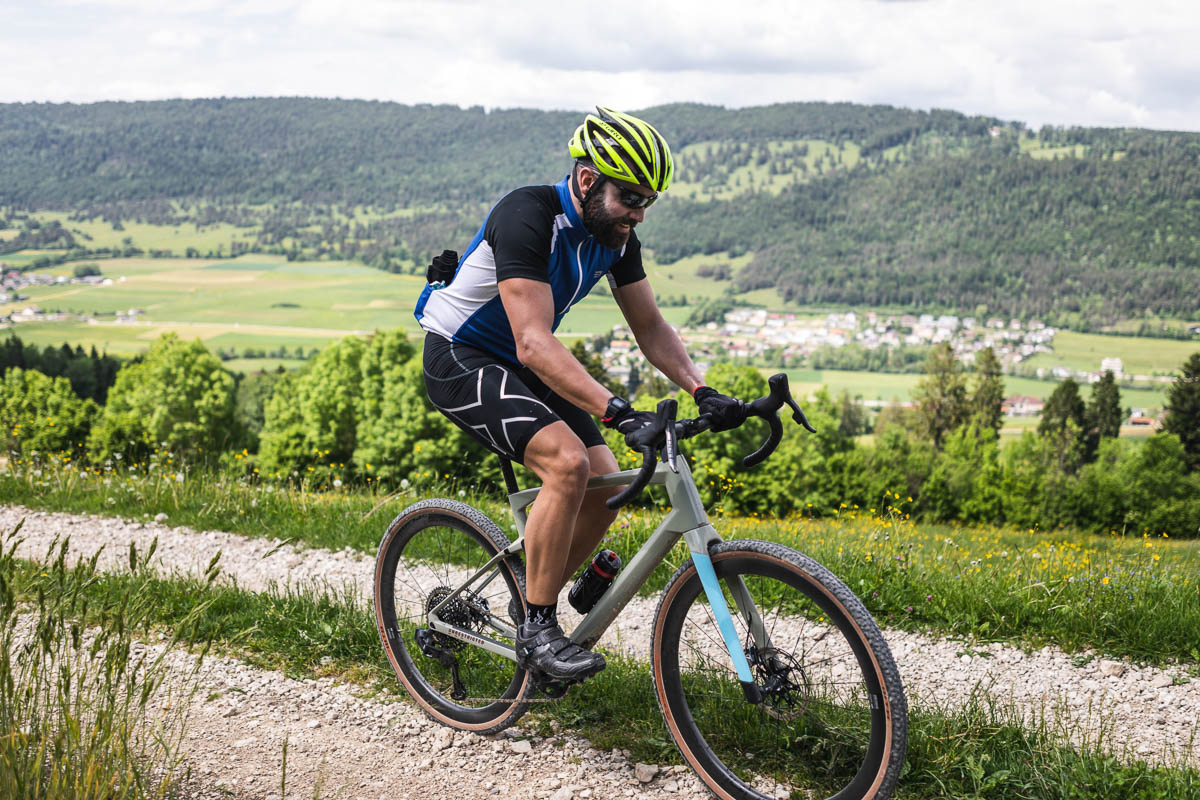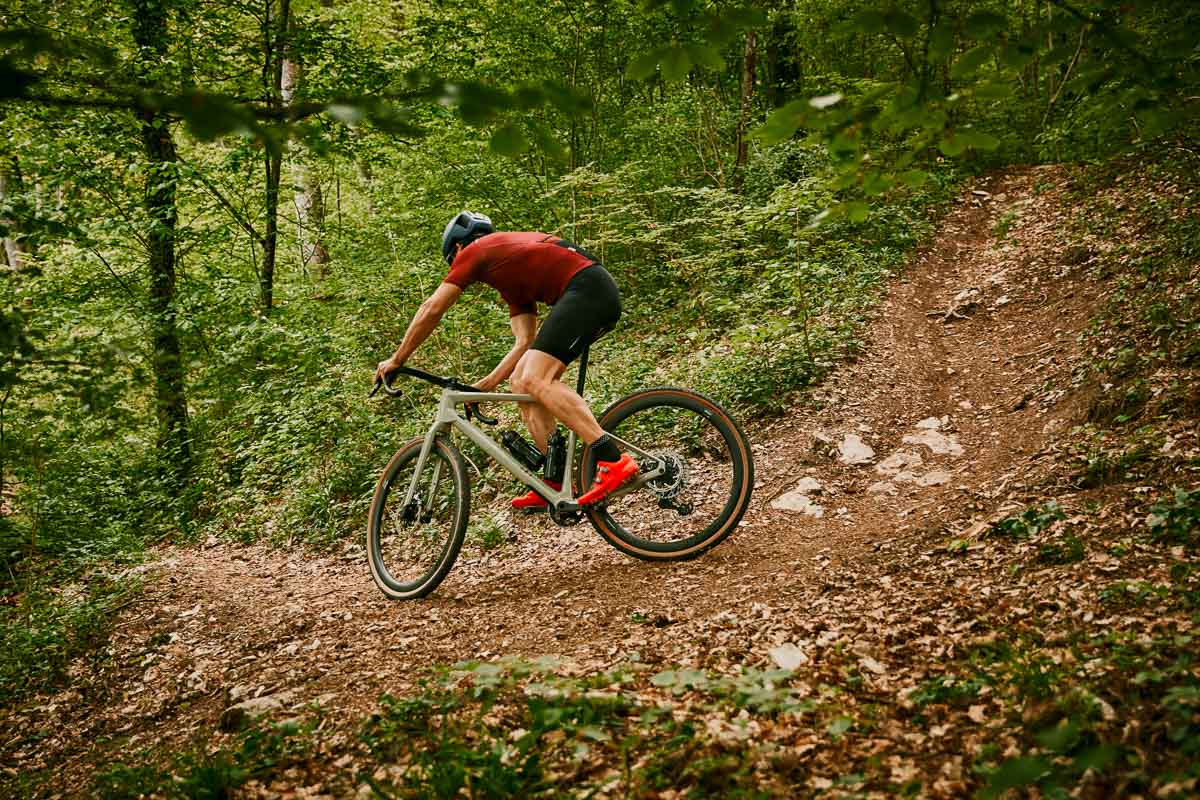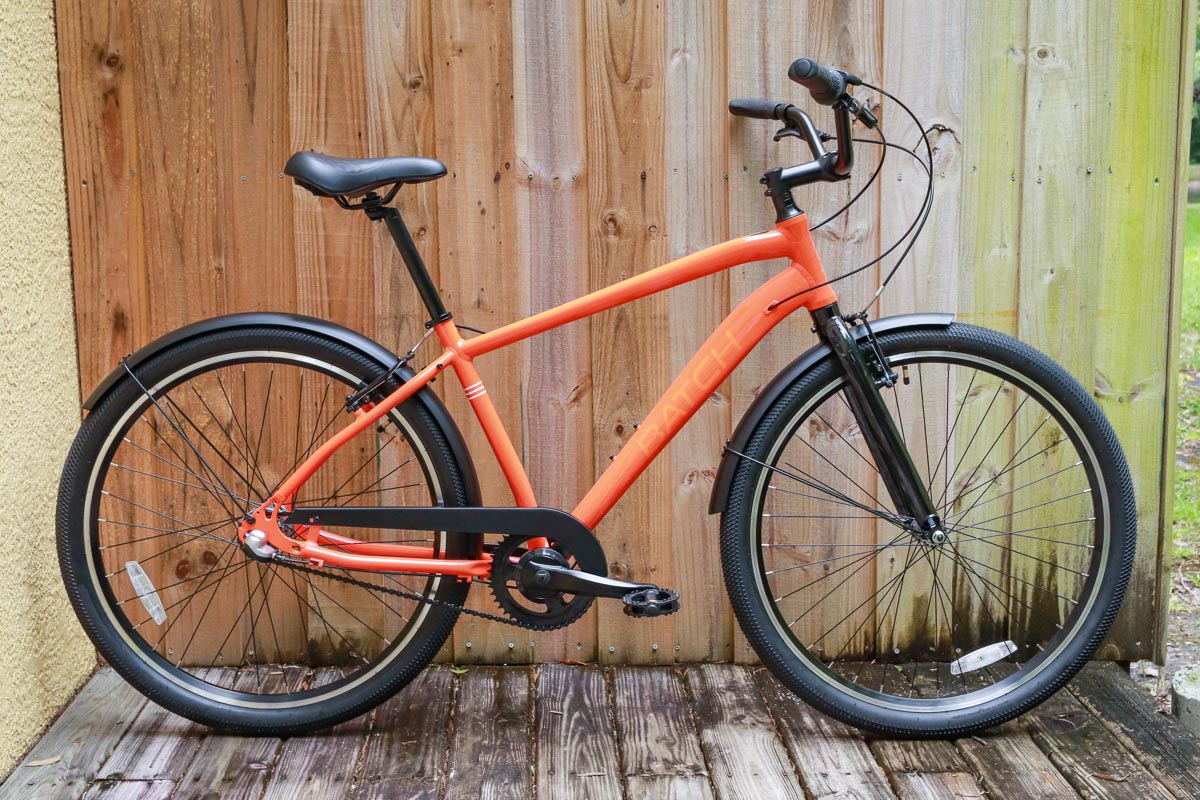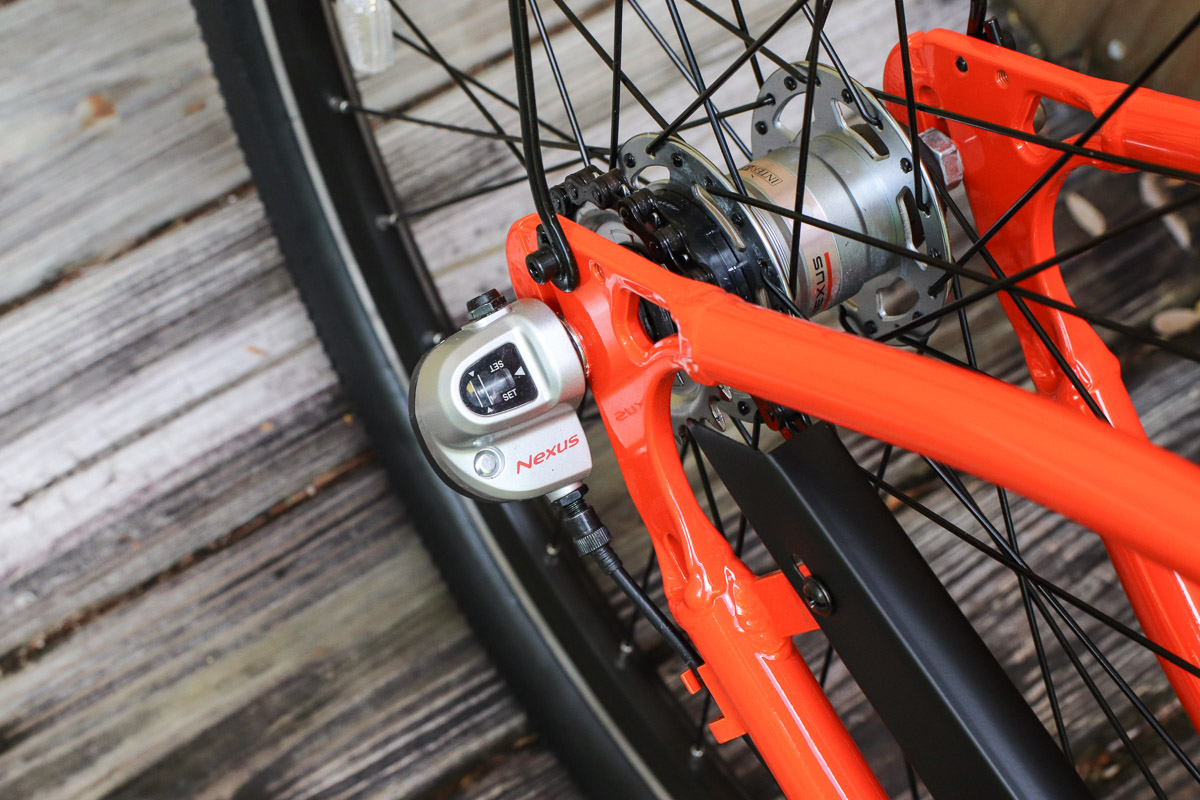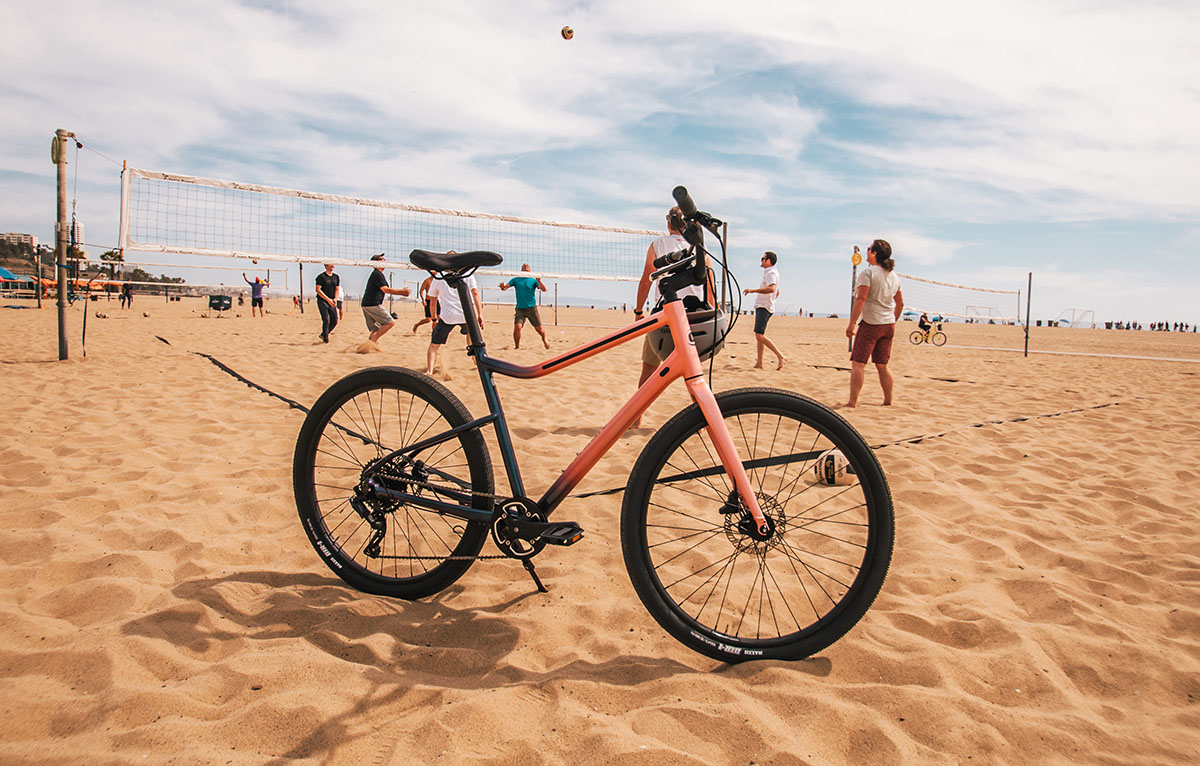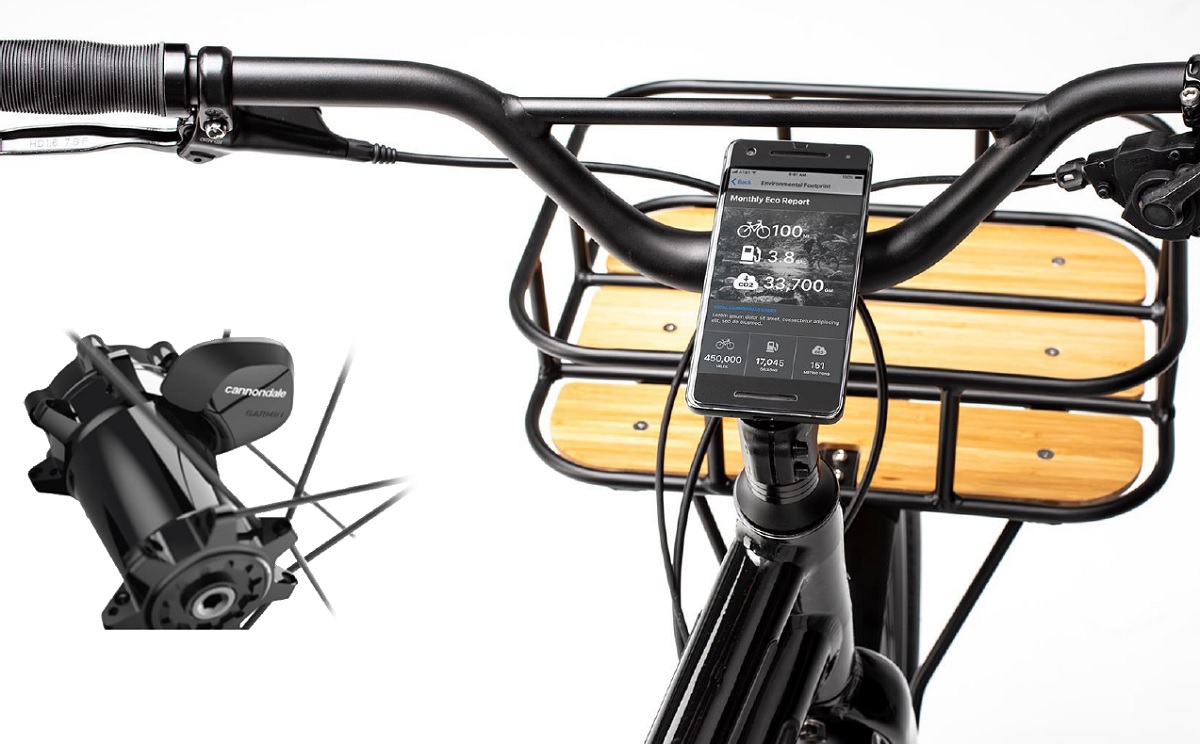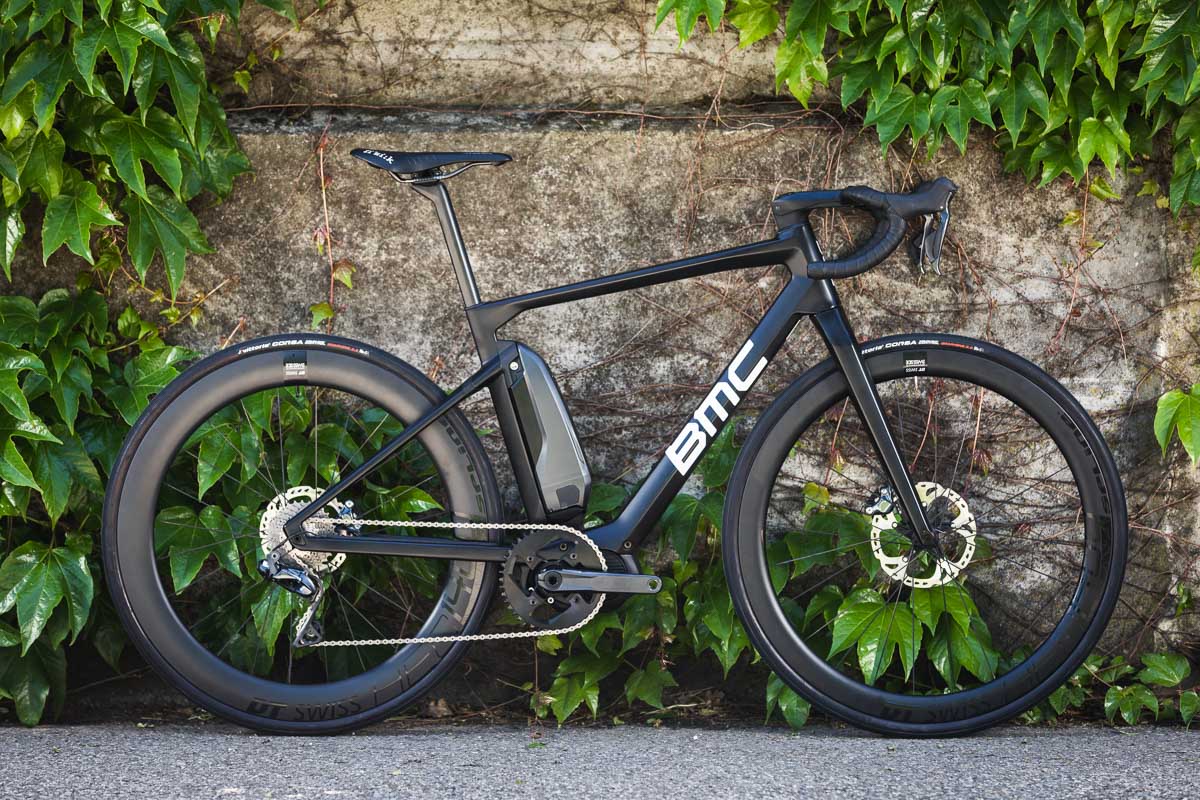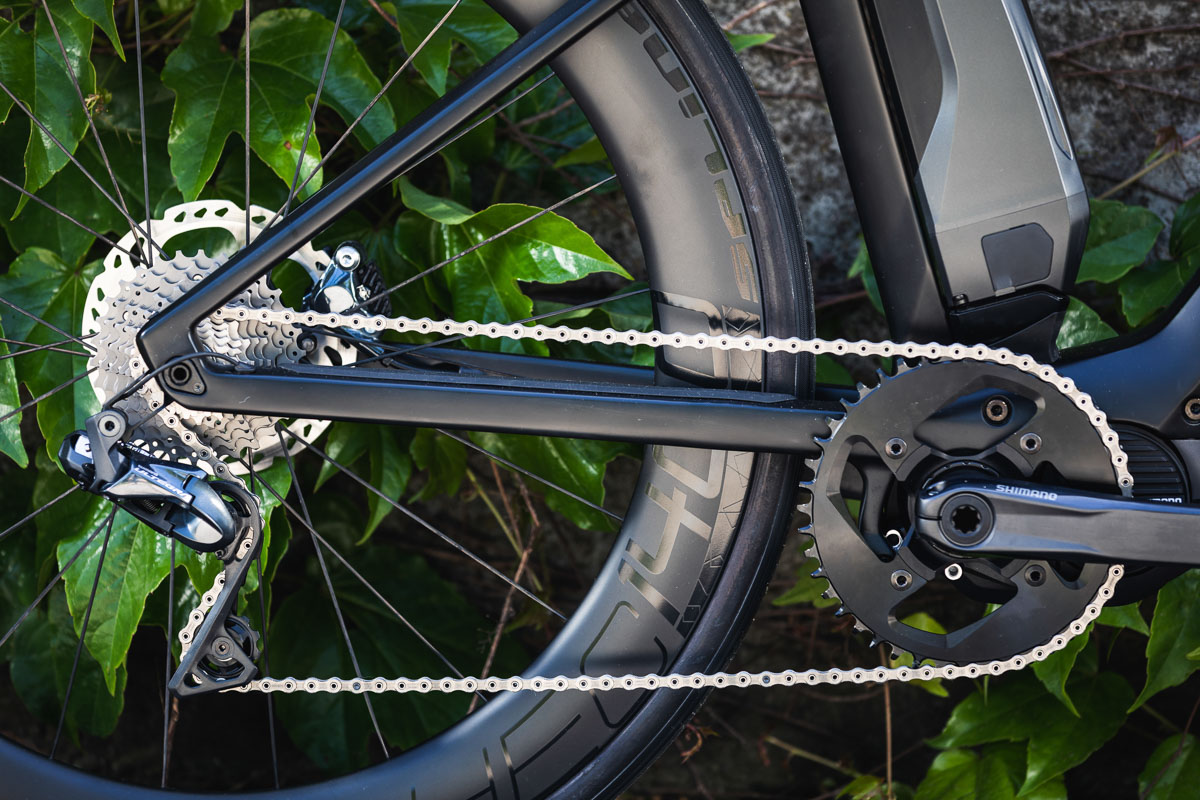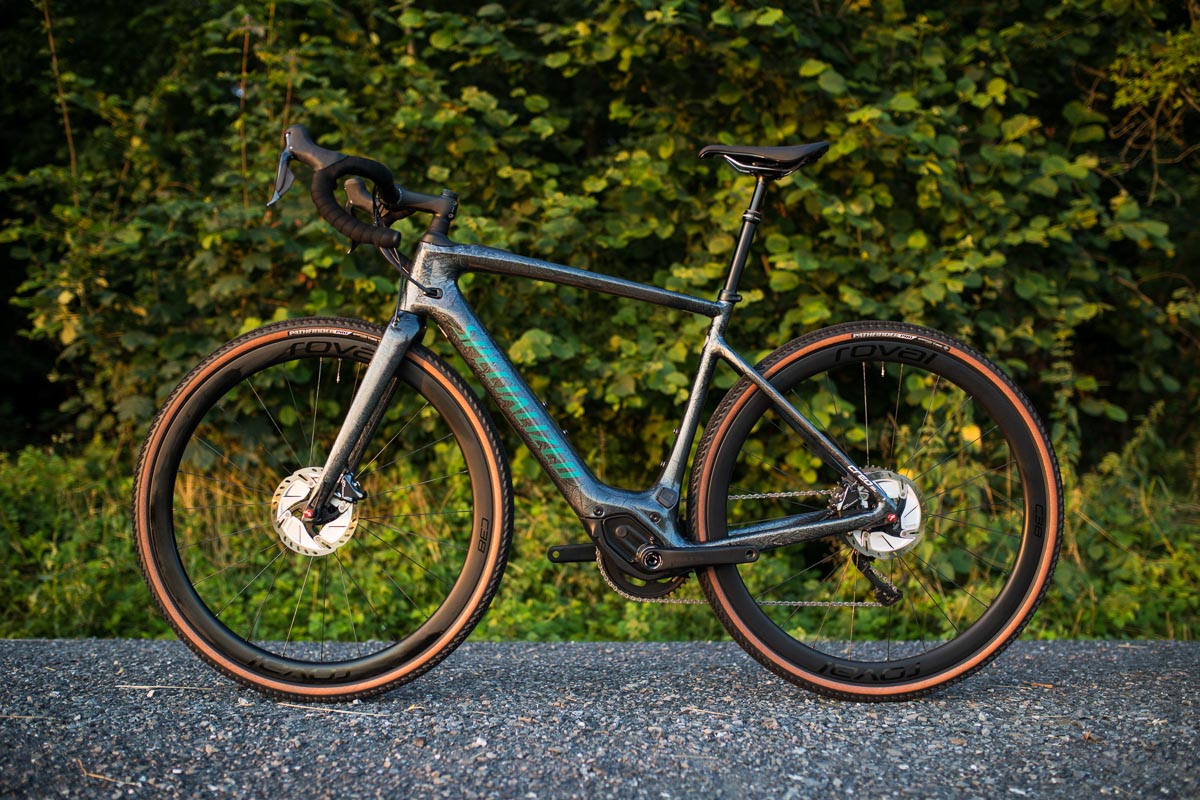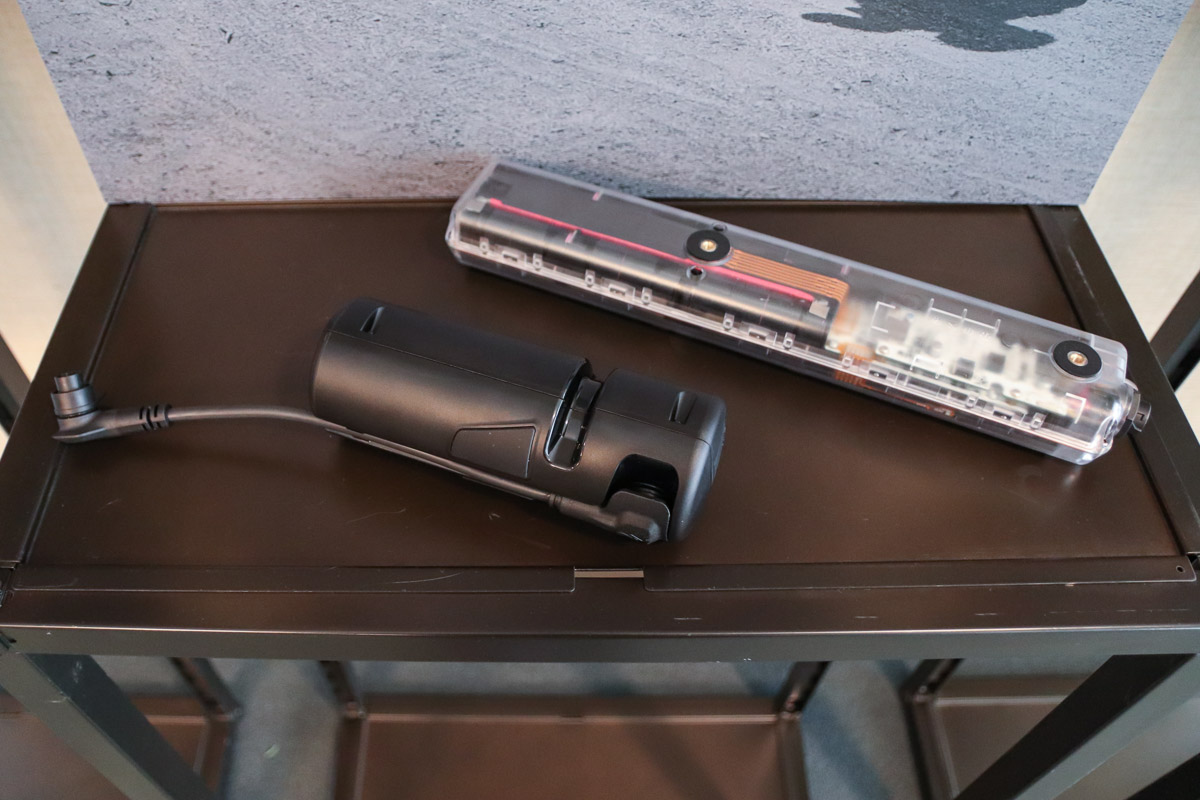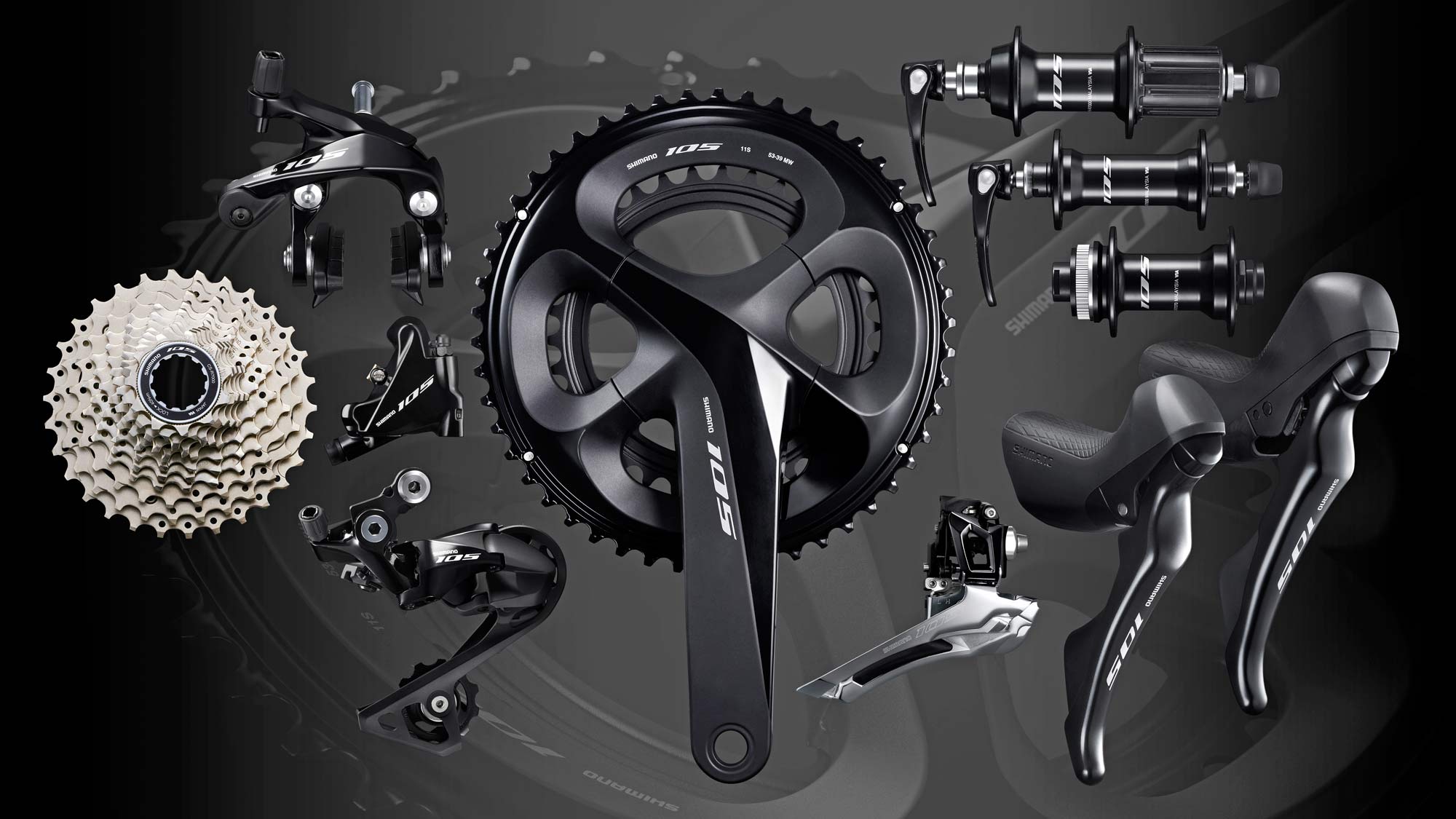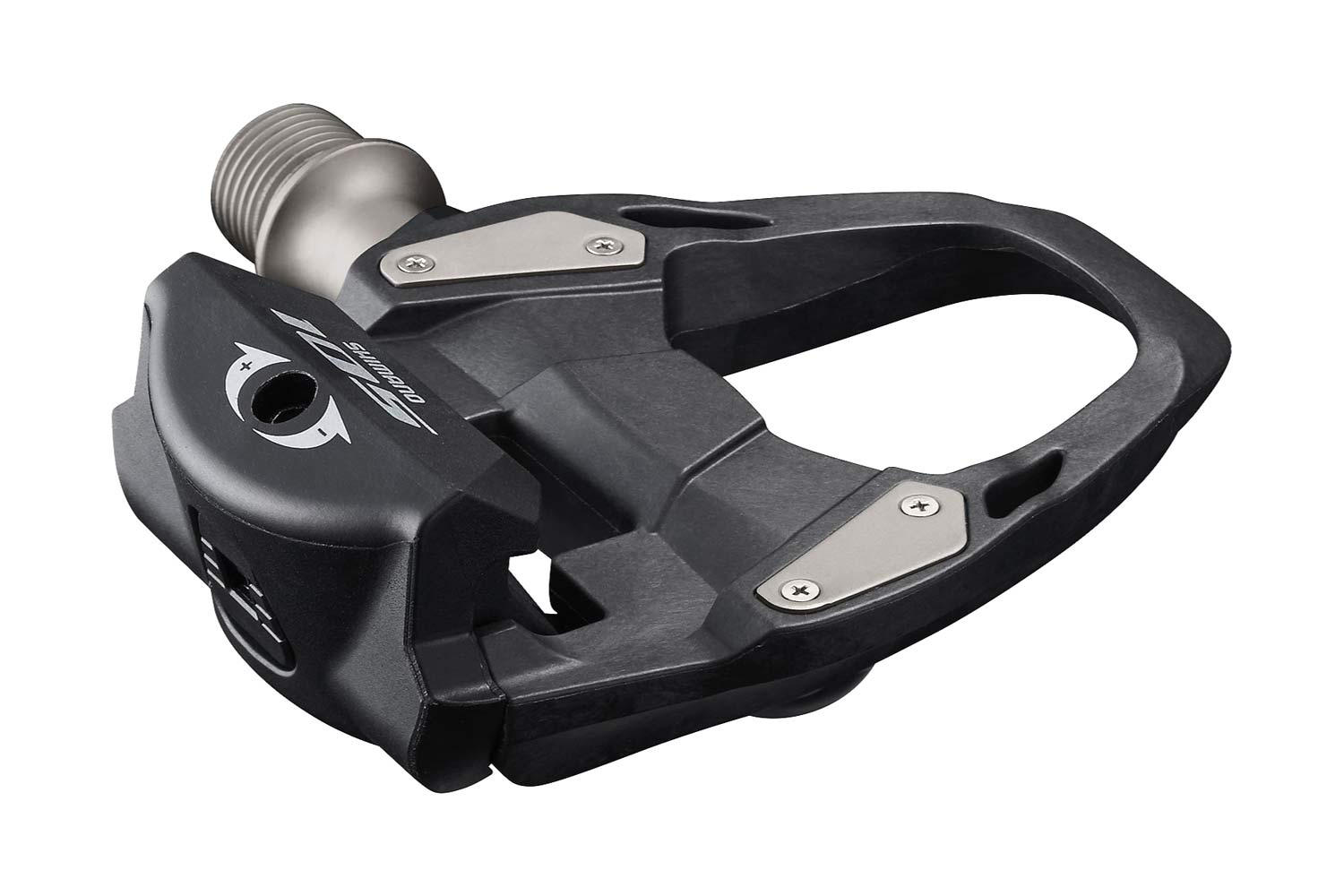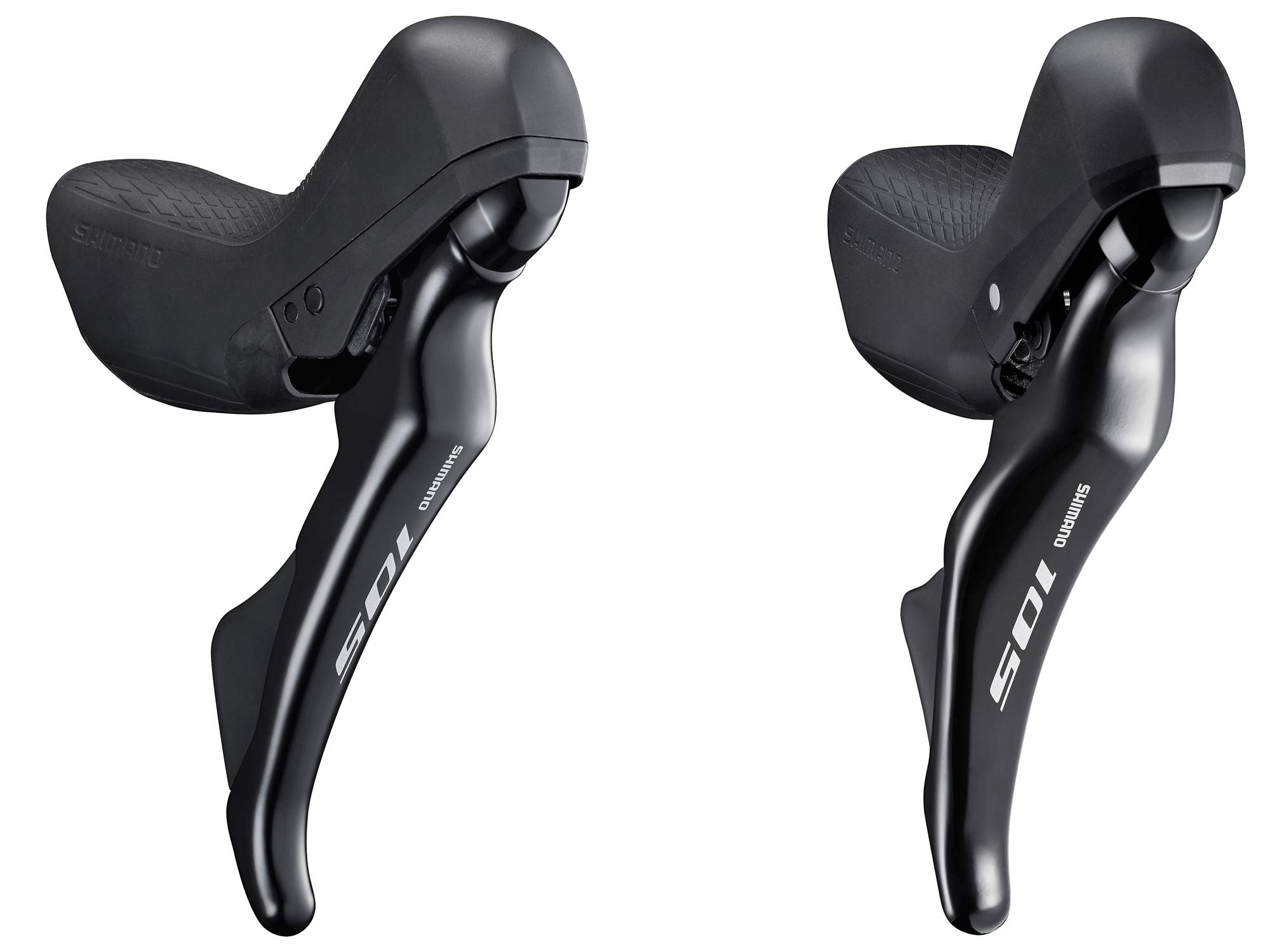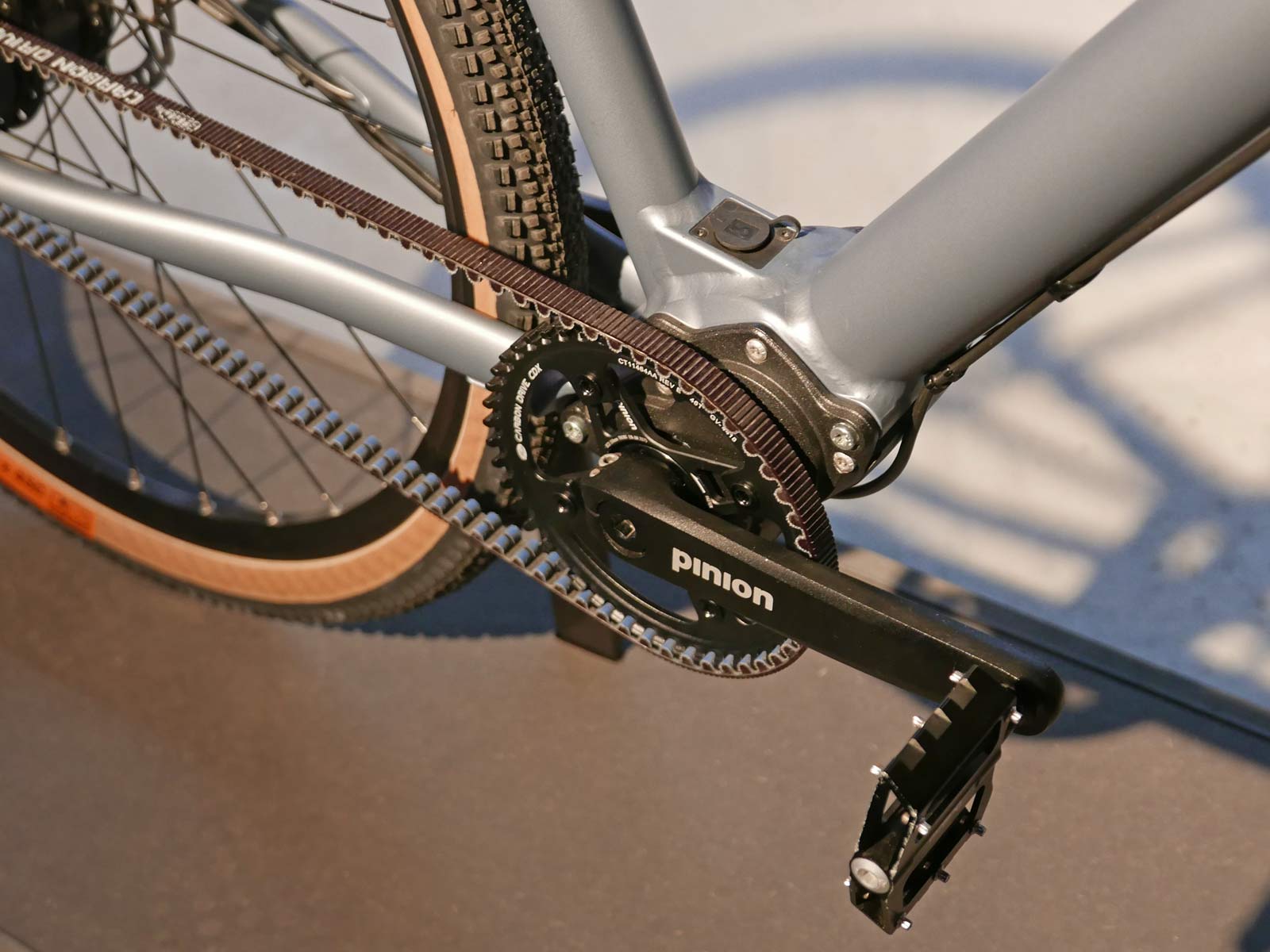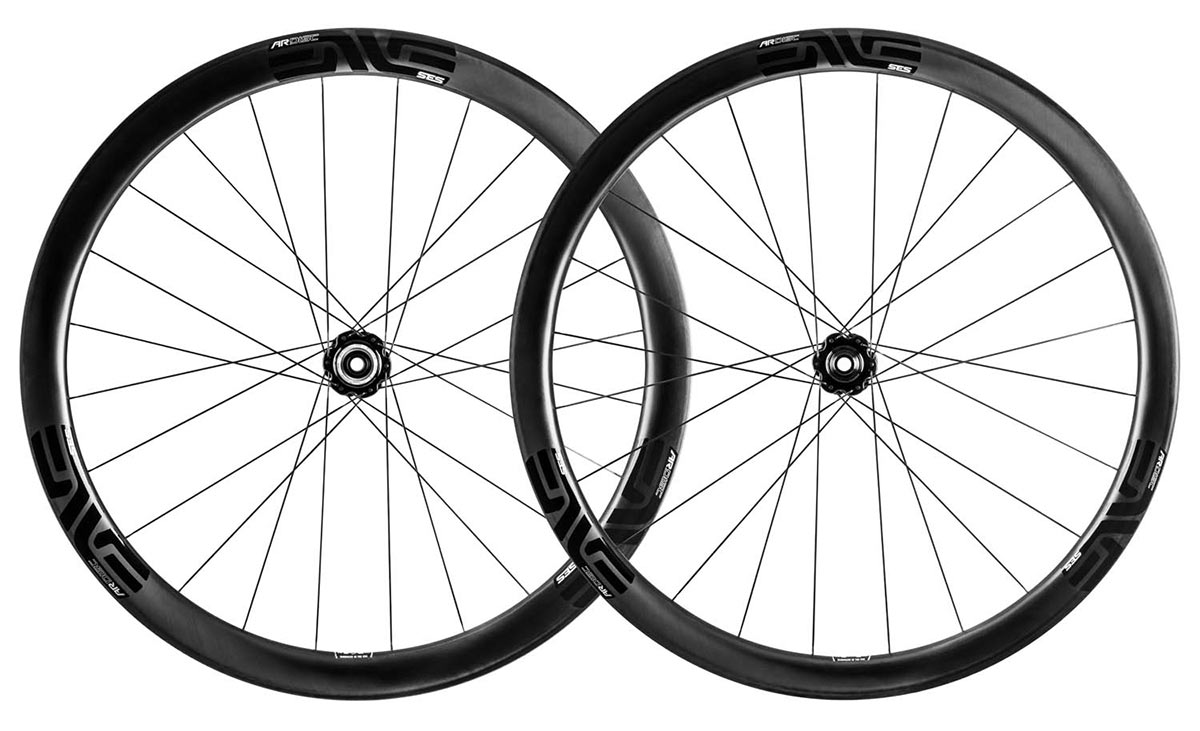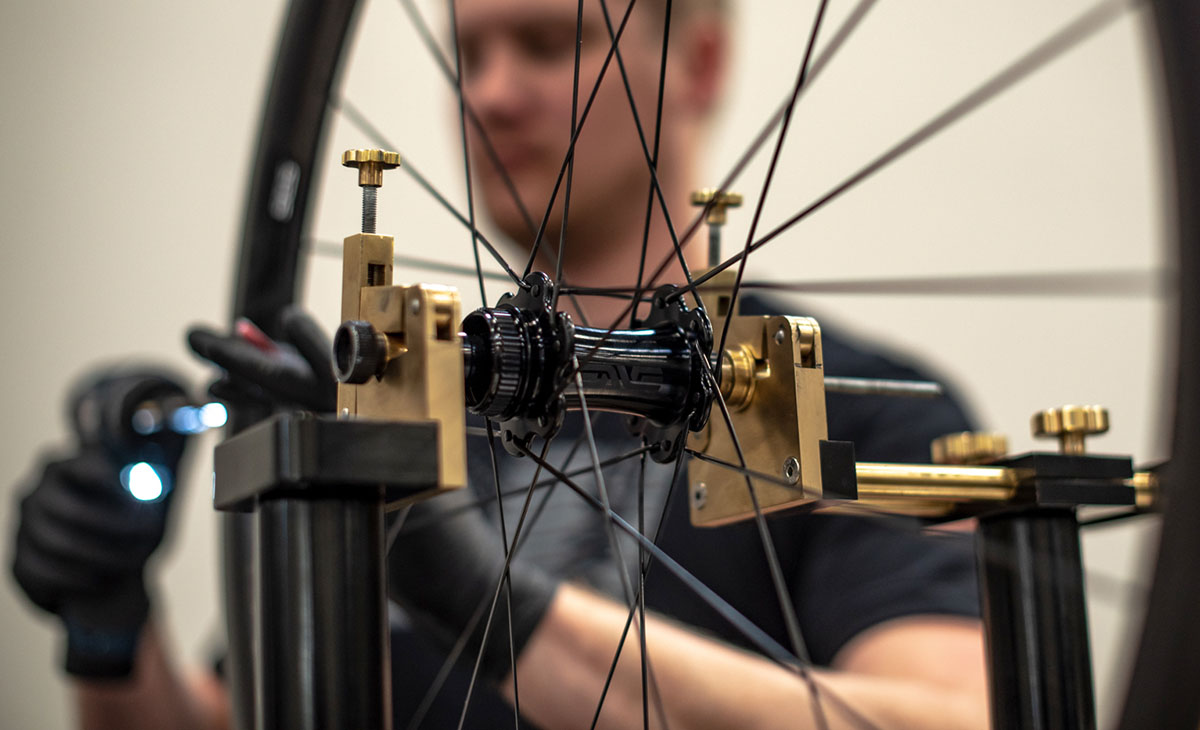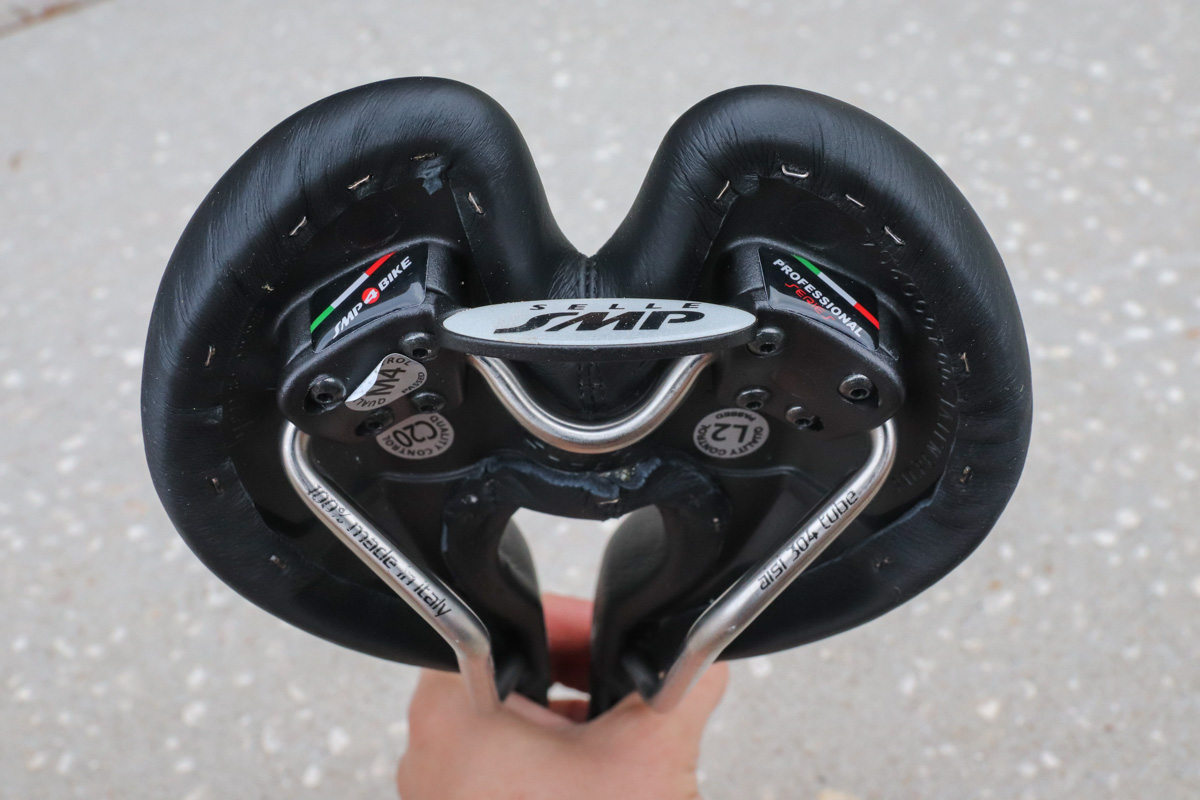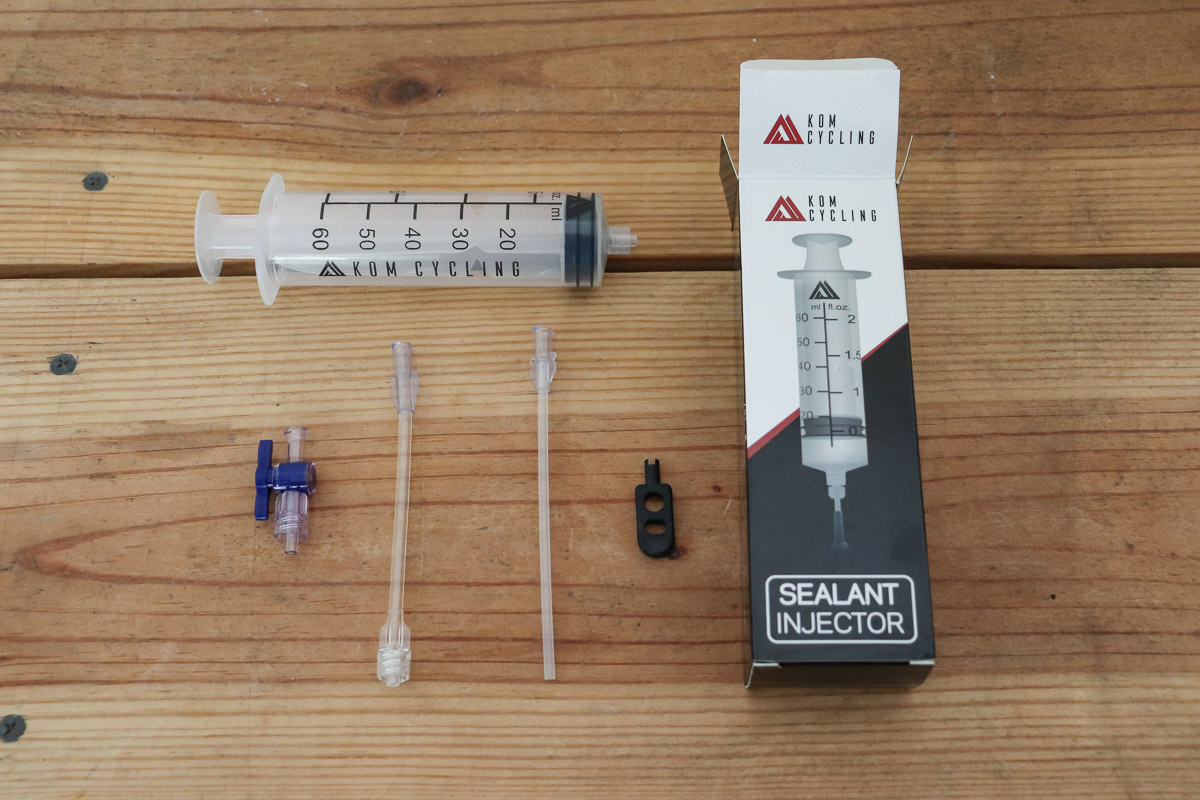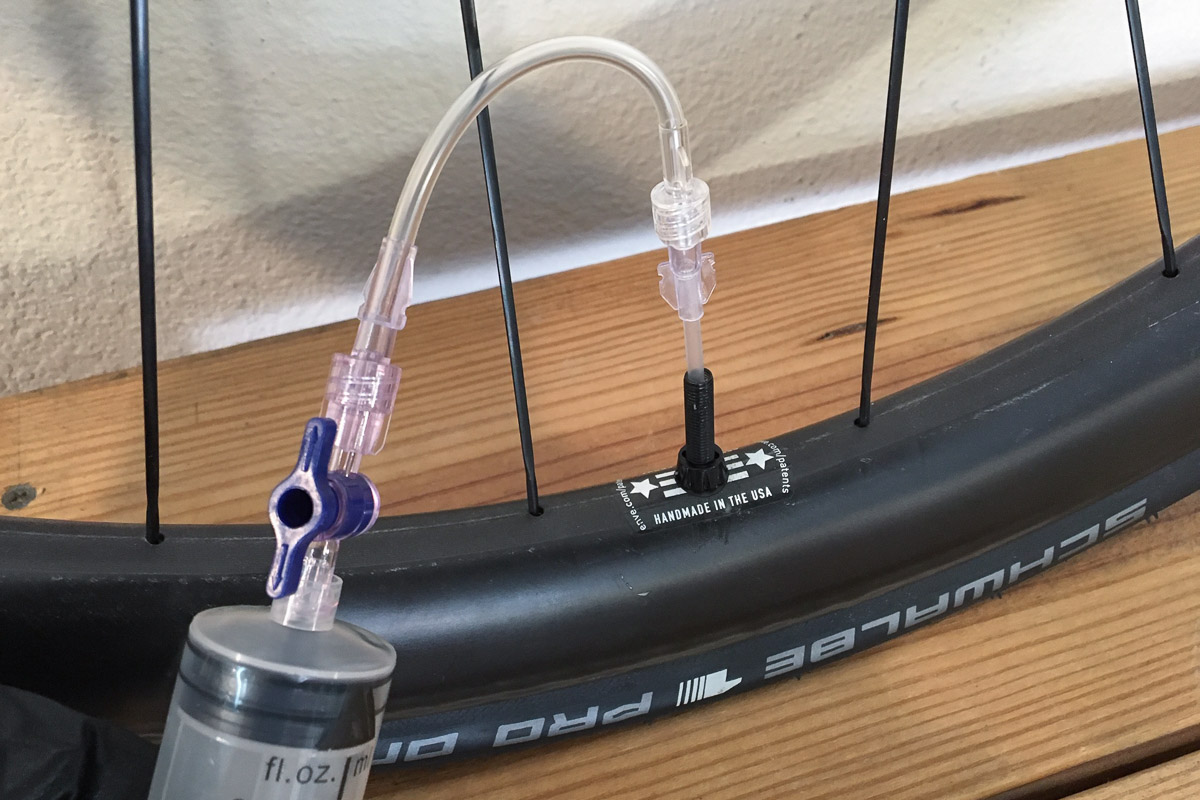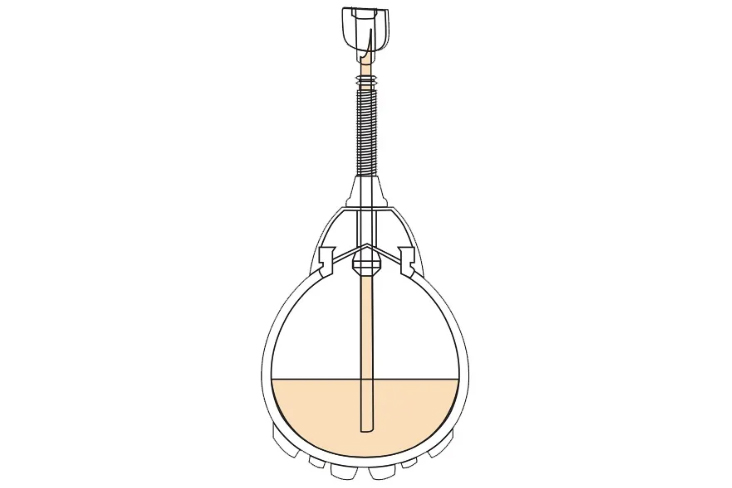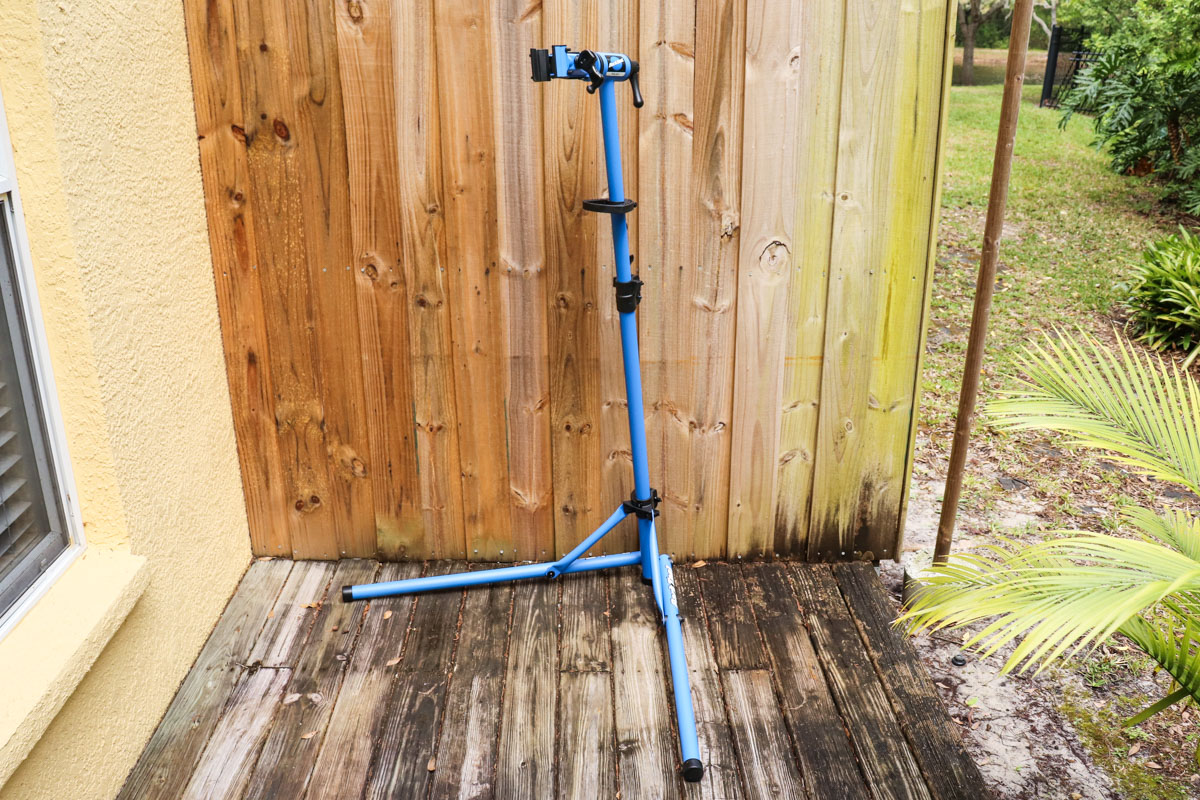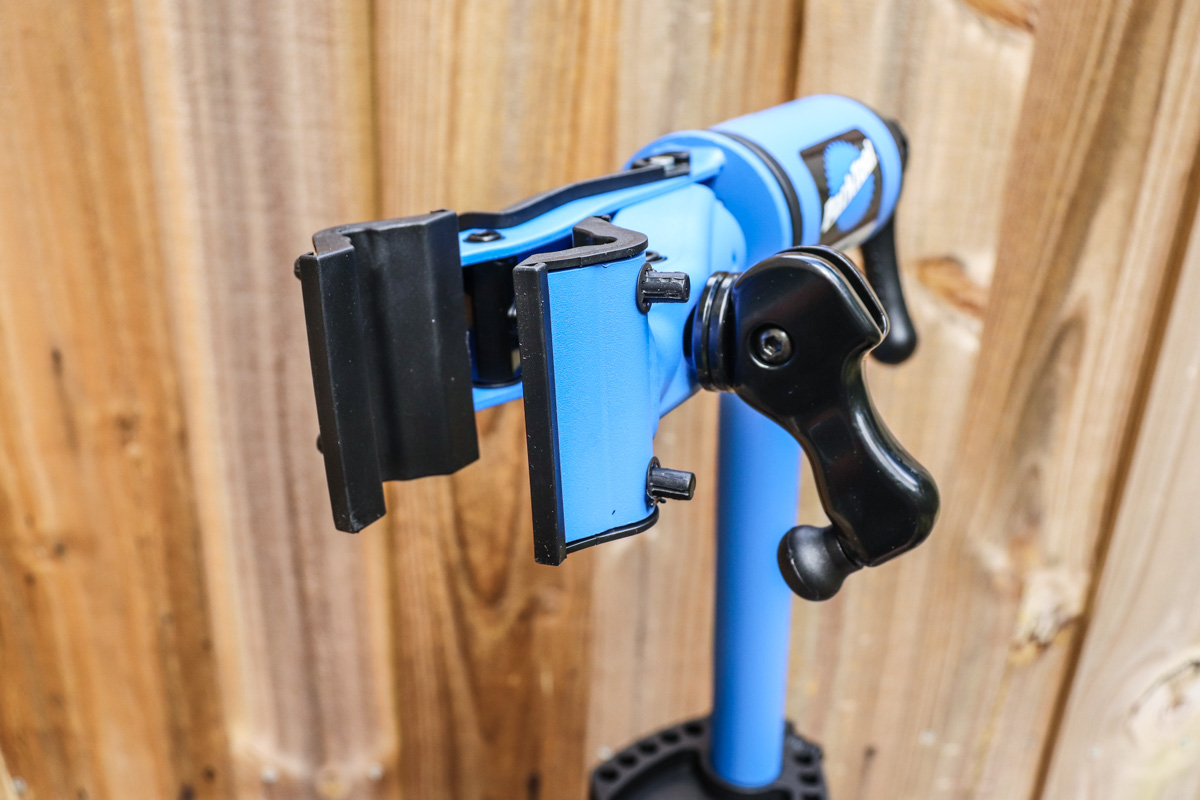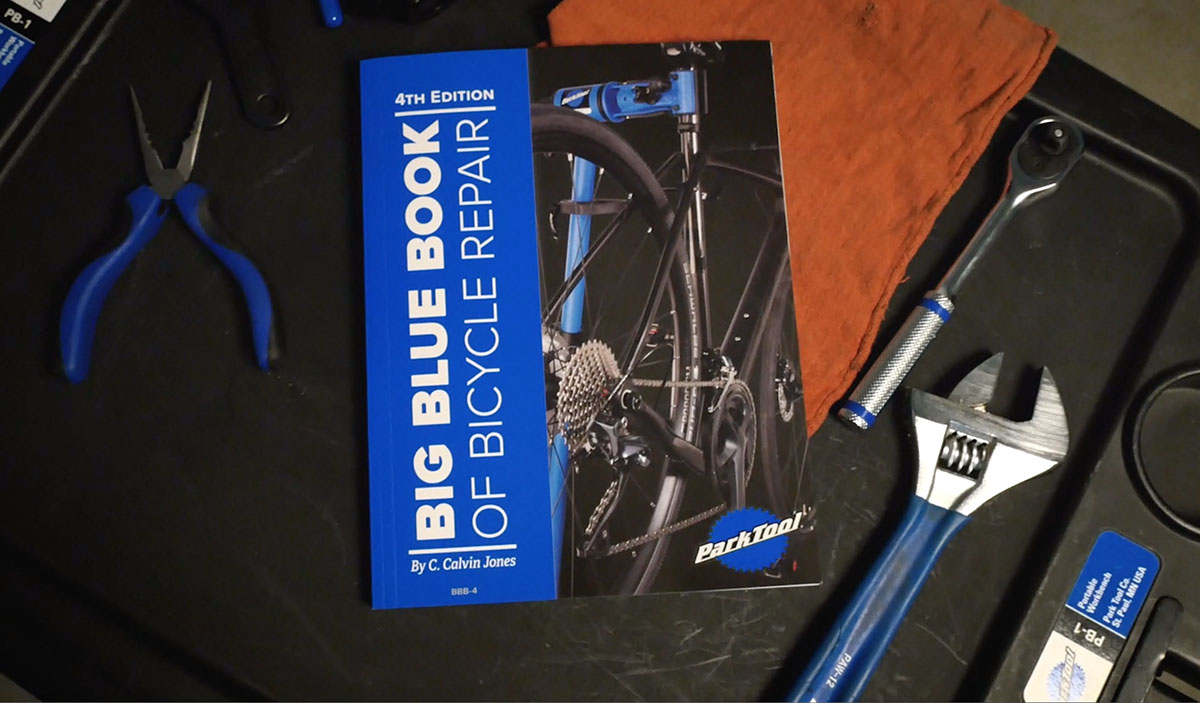2019 is almost over, and we’re taking a look back at some of our favorite products and trends. Each of our main editors has compiled a list of their picks, explaining why each item is significant or just plain awesome. We all have different backgrounds and opinions, making each list as unique as we are.
About Greg
While I have a competitive background, these days I ride only for fun, health, outdoors enjoyment, and as a cardio supplement to my newer hobbies of MMA and weight lifting. I grew up as a competitive swimmer, and transitioned into running, cycling (collegiate road racing, crits, and a bit of cyclocross), and even a four year stint as a professional triathlete. I was always a better mechanic than athlete – and was the guy who showed up with a pristine bike and spare parts kit.
The older I get, the more I value simplicity, reliability, and cost effectiveness. Adults are busy (including me), so I want my gear to serve me with the most value for the least input of my time – which means I’m not a weight or aero weenie. It just needs to work. Paradoxically, I have also enjoyed riding some of the latest e-bikes, which add an almost inexplicable element of fun to cycling, and help me climb hills like I used to in my lighter and more competitive days.
BIKING EXPERIENCE
EDITOR’S CHOICE: This year, nothing could top my time in Switzerland for a trio of BMC product launches (the new Roadmachine, URS, and Alpenchallenge AMP). It was my first time in the country, and I was pleasantly surprised by its beauty, along with the culture, food, and friendly people.
The weather wasn’t perfect, but it was perfectly Swiss. Our rides had a mix of rain, clouds, mist, wind, and brilliant bright sunshine. My favorite ride was aboard the Alpenchallenge AMP e-road bike, during which we ascended (quickly) through thick fog at about 800 meters of elevation, and up into beautiful sunny skies. That bike uses Shimano’s made-for-MTB E8000 motor system, which feels like a big-block Chevy wedged into a Miata when applied to a road bike. You’ll have to trust me if you haven’t ridden one, but it’s FUN. This ain’t your grandpappy’s era of road, but it brings a motorcycle-like element to cycling – and means that you can see a lot more stuff for a given amount of pedaling input.
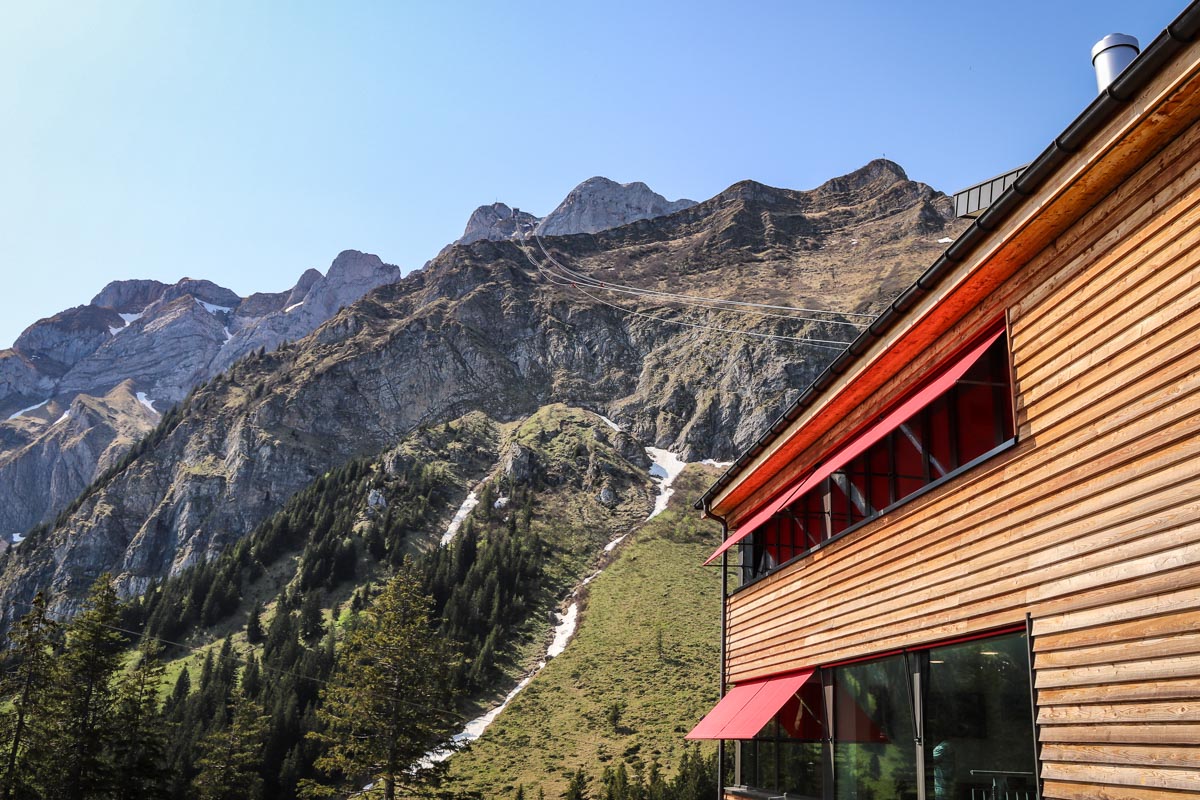
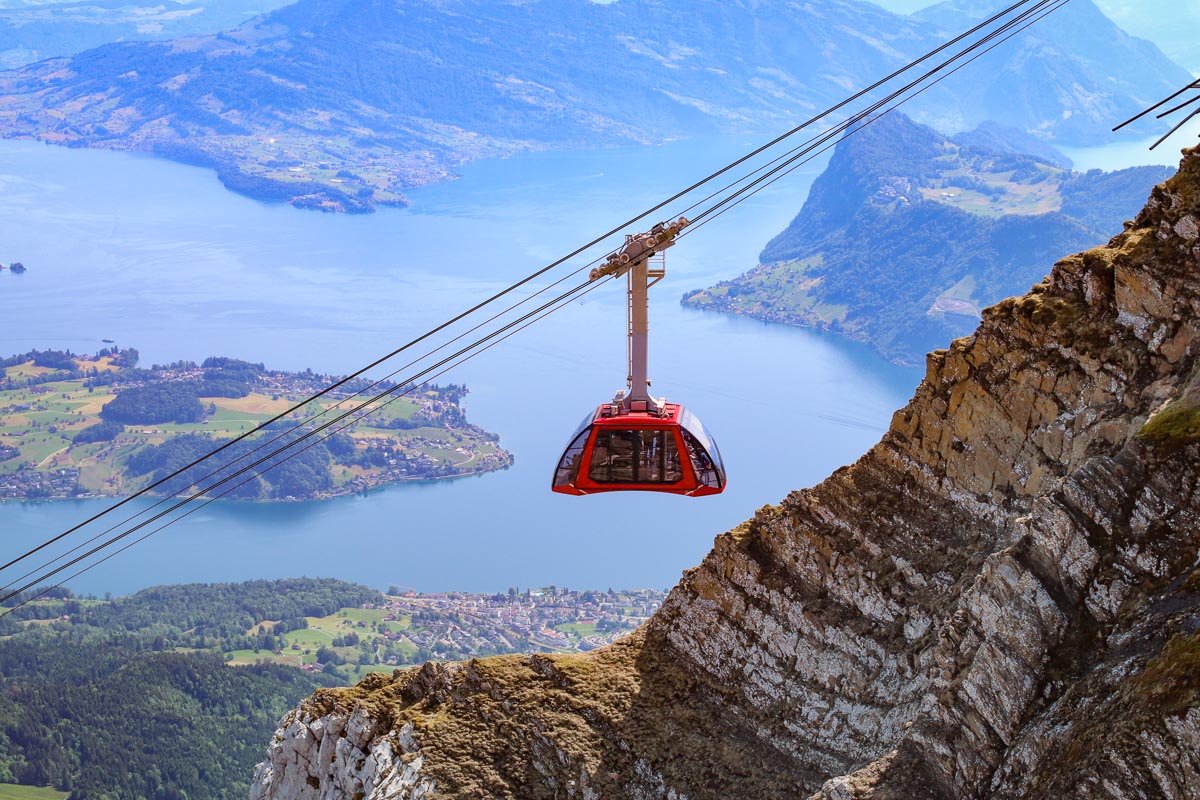
The other fantastic part of the trip was going up Mount Pilatus by gondola, hiking beautiful caves and trails at the top, and descending via the steepest cog train in the world. The whole area is a photographer’s dream, and I treasure the moments I was able to capture.
HONORABLE MENTION: I had my first trip to Italy this year, for Trek’s big 2020 product launch. We saw the introduction of the latest Fuel EX, Domane, Supercaliber, Allant+, and e-MTB line. Oh, and a host of accessories like new Bontrager road and MTB shoes.

Our ride aboard the Domane showed me that – despite my luddite tendencies – the latest crop of technology really works… and that the Italian countryside is beautiful. The suspension system on the Domane gives an eerie Cadillac-like feel that smooths the roads beyond what the most expertly-crafted steel frames can do (but at a heavy hit to your wallet). The bummer of the trip was that there was SO much content packed into only a couple days. I had to skip 50% of the rides (missing the Domane gravel ride, Fuel EX,and Rail), spending that time taking photos and notes of all the new products on the hotel grounds and in conference rooms.
ROAD BIKE
EDITOR’S CHOICE: As bikes get more and more complicated, I gravitate towards brands that execute the delivery well. We’ve created a paradox, with products that are less consumer-friendly, but with more consumer-direct sales… and not everyone has figured out how to sell in this environment.
Given the above, my road bike pick for 2019 is the Fezzari Empire SL. It’s most easily categorized as a ‘do-it-all’ or ‘endurance’ road bike, with disc brakes, thru axles, and the ability to run 1x or 2x drivetrains. It has full internal cable routing (even through the stem on some models), meaning that adjusting your fit could mean hours and hours of recabling, bleeding brakes, and otherwise not actually riding-your-bike.
Fezzari nails the consumer-direct process, using an in-depth fit system – or you can just send your exact fit specs – and they deliver a ready-made machine (down to the right number of headset spacers). They’ll even set the tires up tubeless for you, for a small additional charge. All-told, it took 30 minutes to go from a bike-in-a-box to one that was 100% ready to ride (including pedals, bottle cages, etc).
While this might seem like it’s not a big deal, it truly is. For consumers, I can’t tell you how many times I see ill-fitting or ill-functioning bikes because people simply do not have the expertise to make adjustments to modern bikes. For mechanics (and us editors), assembling complicated bikes can eat countless hours of time and profitability.
As for the bike itself, it rides and handles as well as those from major brands, which often cost 50-100% more than Fezzari. I expect the brand to continue growing in popularity, as the name recognition grows and customers look more for high quality bikes at reasonable prices.
HONORABLE MENTION: I’m a fan of steel (and good price points), making the Pure Cycles Prestige road bike my honorable mention. At $1,500 complete with a carbon fork and full Ultegra build kit (including cranks!), it’s a high performance, high-function bargain. The round tubes, external cables, and rim brakes make it downright vintage these days, but it’s the perfect bike for the cyclist that wants to have fun on a nice-riding bike with little hassle.
GRAVEL BIKE
EDITOR’S CHOICE: Versatility rocks, and the updated Trail Donkey 3.0 from Rodeo Adventure Labs is the perfect Swiss army knife. It’s designed as a tank-like adventure rig, built with big tire clearance, a high bottom bracket, and beefy frame. They also showed a really cool prototype at Sea Otter this year, which could be converted between two setups in a surprisingly quick fashion.
The first setup is all gravel, with drop bars and 700c wheels. The second setup uses fatter tires, 650b wheels, a suspension stem and flat bars – with quick disconnects for the hydraulic braking system.
While I would personally prefer to own dedicated MTB and gravel bikes, it was a cool concept and impressive execution that could work well for someone looking to keep their bike stable to an absolute minimum.
HONORABLE MENTION: The BMC URS is their relatively late entry into “official” gravel (having previously relied on a cyclocross bike). It has clearance for 700×43 rubber, along with their MTT rear suspension system to take the edge off of rough trails. BMC also opted for a positively MTB-like geometry, with a long top tube and short 70mm stem length. It works surprisingly well, and I expect to see more brands adopt this style of geometry.
The only thing that my test ride left me wanting was a suspension fork (the bike is compatible with the Fox AX), or at least a suspension stem. My ride aboard it was was my first of several lessons in 2019 that, while gravel bikes are more capable than road bikes, they aren’t meant for mountain bike trails (which – surprise – are better tackled on an actual mountain bike). Some people seem to really enjoy being able to just barely complete a trail on a gravel bike, but I’m much happier flowing through on a properly matched machine.
COMMUTER BIKE
EDITOR’S CHOICE: While not necessarily a commuter-only bike, I think that Batch Bicycles is on to something. As a higher-quality alternative to department store bikes, they’re striving to offer IBDs a profitable way to compete with big box stores, with a bevy of sub-$500 bikes. I tested the Comfort model, which comes standard with fenders and a 3-speed Shimano internal gear hub.
It costs $430 complete (including pedals), leaving a kick stand as the only add-on that most people would need to buy. It has serviceable parts, and even a real 31.8mm bar and stem. I also like the choice to use rim brakes, which are user-friendly and easy to see the condition of the pads. This is the exact type of bike that I recommend my non-cyclist friends who are looking for basic transportation to the gym or bar (though they’re more likely to go for the $299 coaster-brake-equipped Cruiser model based on price alone).
HONORABLE MENTION: Cannondale’s Treadwell is after much of the same market share as the Batch bike above, targeting fitness enthusiasts, millennials, and folks looking to add cycling into an otherwise non-cycling life. While I’d like to see fenders come as standard equipment, I like the overall DNA of the bike: single chainring drivetrain, wide 650b tires, and upright geometry.
The other big story with the Treadwell was the introduction of the Cannondale App (and sleek front hub sensor), which tracks information such as distance, speed, calories burned, and your reduction in carbon emissions. We will see many more of these apps to come from other manufacturers, all vying to become something in the way of a Fitbit for cycling.
E-BIKE
EDITOR’S CHOICE: I rode more e-bikes than expected this year, and my top pick is the Alpenchallenge AMP from BMC. While it doesn’t have quite as much integration as some of its competition (i.e. hidden batteries), the performance and sheer fun makes it my favorite. As mentioned above in the ‘Experiences’ section, the power allows you to cover a lot of ground. It doesn’t necessarily make the ride easy – it just lets you see more scenery.
On top of the huge power, Shimano’s E8000 system feels very smooth and predictable – giving you power right where you want it (with a healthy boost at low-mid RPMs, helping get you through unexpected changes in pitch). The only spec change I’d like to see is a cassette with a 10-tooth cog, because the stock 44×11 top gear is not sufficient for fast road riding.
BMC also wisely specs a 180mm brake front rotor, since the Alpenchallenge AMP is heavier than a standard road bike. Those big brakes, combined with outstanding geometry make for a corner-carving machine that’s a treat to ride.
HONORABLE MENTION: Is it a road bike? A gravel bike? A high-tech e-bike? Yes! The new Turbo Creo SL from Specialized is an impressively versatile machine. It also represents the current tip-of-the-spear in terms of stealth e-bike integration, light weight, AND long-range battery life. The price is very high (at $9,000 – $17,000), but they’ve packed a lot of value into the package – much more than some of the uber-high-end $15k non-powered road bikes.
At first glance, the Turbo Creo SL could pass as a standard road bike, with the batteries cleverly hidden in the downtube (above, right). If you need to go further, put a Range Extender battery pack in one of your bottle cages (above, left). Using both batteries, I was able to ride for 3.5 hours – almost exclusively on Turbo mode – and didn’t run out of juice. The Range Extenders also make this bike one of the only e-bikes that you can fly with. You’ll need to remove the downtube battery pack (which is larger than the FAA will allow), but you can bring along a couple Range Extenders for your vacation. #neato
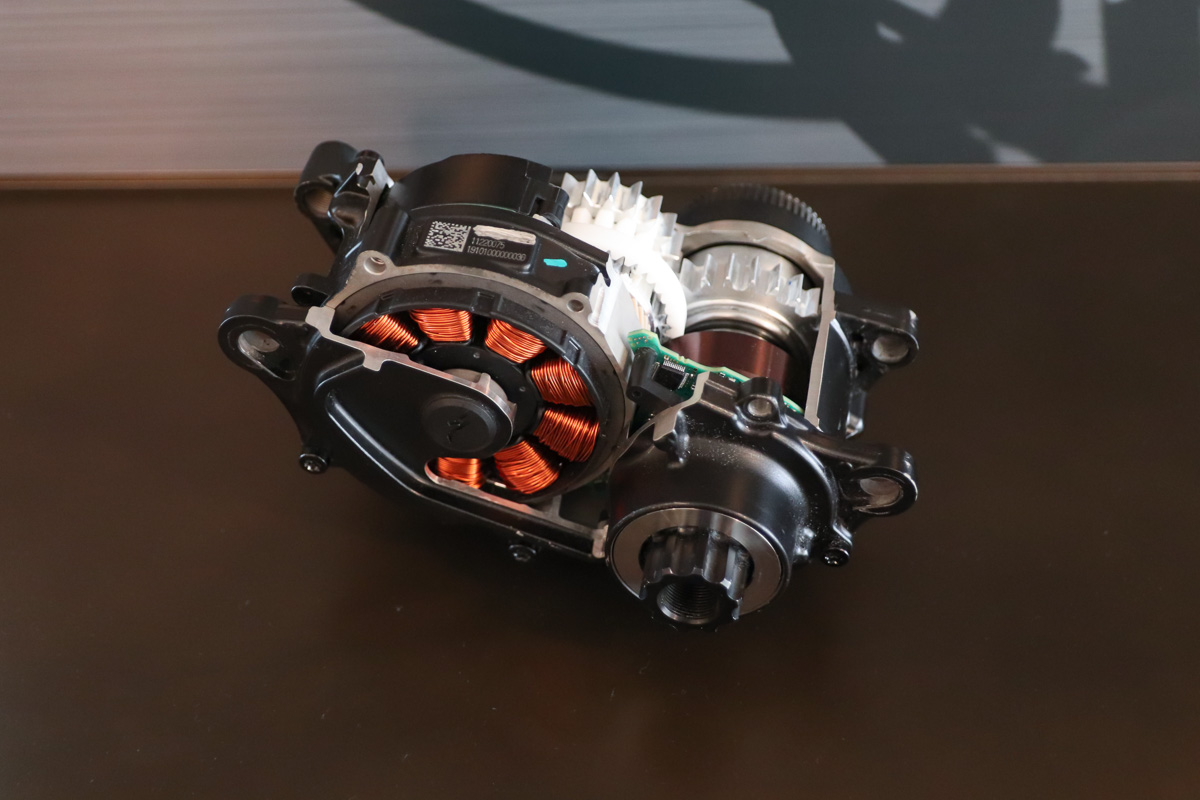 My only gripe is with the power output of the Specialized motor – but I understand their design philosophy. They were seeking the lightest weight and most integration possible – combined with the longest range possible. This means that the power output is noticeably less than the systems from Bosch and Shimano (the Turbo mode from Specialized is roughly equivalent to Eco mode from Shimano’s E8000). Specialized also created a torque curve that favors high-rpm pedaling, so if you’re a gear masher (or encounter an unexpected steep rise in the trail), you won’t get a lot of help from the motor.
My only gripe is with the power output of the Specialized motor – but I understand their design philosophy. They were seeking the lightest weight and most integration possible – combined with the longest range possible. This means that the power output is noticeably less than the systems from Bosch and Shimano (the Turbo mode from Specialized is roughly equivalent to Eco mode from Shimano’s E8000). Specialized also created a torque curve that favors high-rpm pedaling, so if you’re a gear masher (or encounter an unexpected steep rise in the trail), you won’t get a lot of help from the motor.
DRIVETRAIN
EDITOR’S CHOICE: My pick was technically released in 2018, but I don’t think it got the amount of love it deserves – which is a LOT. I’m talking about the latest 105 R7000 groupset from Shimano. Having ridden or wrenched on nearly every groupset in the last 20 years, the new 105 stands out as a new standard of price, weight, and performance. It’s better than Dura Ace from 15 years ago. The new pedals are light, inexpensive, and worry-free.
For the average person (i.e. NOT an ‘all-in’ cycling consumer), 105 represents a very high benchmark of performance, and a significant upgrade over entry-level Claris components. However, it’s also good enough that serious cyclists can use it with effectively zero real-world performance decrease compared to more expensive groupsets. My personal road bike has R7000, because it’s something I can afford, and afford to replace in the event of a crash.
I do think that Shimano ought to come out with a ready-made 1x version. I don’t think 1x road is for everyone, but its best application is lower-end bikes and groupsets that tend to be purchased by beginners. Some newbies simply never shift their front derailleur, and moving to 1x eliminates extra thought processes – and actually makes people use their gears more (in my experience). Hopefully it’s just a matter of time until Shimano creates dedicated 1x road systems.
HONORABLE MENTION: I have another not-new product to discuss, and that’s Gates Carbon Drive. The newsworthy piece is its steady growth and acceptance, along with more spec on new bikes every year. I’m glad to see them hit lower price points, and I hope to see that trend continue. With near-zero maintenance and no pants-dirtying grease, the Gates system is perfect for commuters, average folks, and serious cyclists alike. When combined with an internal gear hub or bottom bracket gearbox, the bicycle really becomes a user-serving tool that requires almost no input – and no loud squeaking from a neglected chain. I truly hope that this technology can continue to spread in 2020, and get more maintenance-fearing consumers to try cycling again.
WHEELS
EDITOR’S CHOICE: ENVE added to their AR series of wheels, with the new SES AR 3.4. As a middle-ground between their gravel-focused G-series and their standard road-focused SES wheels, the ARs are a do-it-all wheel for just about anything. They’re made in ENVE’s Utah factory, with super-precision bead seat diameter, made possible by the hookless beads (which allow for a solid metal mold to be used in the rim bed during molding, keeping a much tighter tolerance for the bead seat). That also means that they may ONLY be used with tubeless tires, with an official approved list on their website (ENVE reports that non-tubeless tires don’t have sufficient bead stiffness, and rely on the bead hooks of standard clincher rims at high pressure).
ENVE also debuted their own alloy hubs, reducing complete wheel retail prices and offering a reasonably-priced alternative to their made-in-house carbon hubs. Overall, the Utah manufacturer continues to make improvements on an already great product, and I expect this to carry on in the future.
OTHER COMPONENTS
EDITOR’S CHOICE: The SMP Avant has become my go-to saddle for just about everything. It’s certainly not the lightest saddle out there at 365 grams, but they do offer a carbon rail version that drops it down to 315. It has a wide cutout to relieve pressure, and a curved shape that eliminates hot spots and saddle sores (flat-profiled saddles just do not work for me). When it comes to my saddle, I never want to think about it – and I quickly forget the Avant on every ride.
What makes me love the Avant is the sit bone comfort it provides, and complete lack of numbness. While it is a somewhat odd-looking saddle, it gets far fewer awkward glances from people than a full-on noseless time trial saddle (and let’s be honest, it’s comfort that counts). I’m always open to finding better and better saddles, but as of 2019/2020, the Avant is my pick.
TOOLS
EDITOR’S CHOICE: KOM Cycling makes a very clever sealant injector tool that works with tubed and tubeless tires. All you need is a valve stem with a removable core, and you can use the KOM tool to add or remove sealant with virtually no mess.
The system uses a long straw to go all the way down into your tire. This helps to eliminate mess around the valve stem, and also inside the valve stem, which can otherwise get gunked up with sealant. At less than $15, it’s a steal that should be in the garage of every tubeless tire user.
HONORABLE MENTION: The Park PCS 10.2 is their latest update to the consumer-focused repair stand. It grips your bike via the seat post, and the legs fold down for storage. While it may not be the fanciest stand in the universe, its $200 price is attainable for many, and will provide years of service and value to the average home mechanic.
After using the stand regularly for 8 months, I’ve come to enjoy its simplicity and ease-of-use. The only gripe I have is that the clamp doesn’t always grip slippery seatposts very well, and the whole head portion of the stand can slowly rotate downward under the weight of a very heavy bike. Again – this is not a pro-grade product that’s meant for full-time use by a pro mechanic – and it does a good job for the price.
THREE SMALL THINGS
ITEM #1: Silca makes a lot of high-end bicycle accessories, but my favorite is one of their least-expensive items – and it’s not even for your bike. Their new Titanium Straw Set uses material that would otherwise be scrapped, resulting in near-zero waste in the manufacturing of the Sicuro bottle cage. While they’re still undoubtedly a luxury item, they have legitimate utility and good intentions.
ITEM #2: Kinomap introduced one of the coolest virtual cycling courses out there, a short jaunt through a portion of the CERN Large Hadron Collider. Normally off-limits to the public, the site is located 100 meters underground at the border between Switzerland and France, and is one of the most important sites for scientific research – smashing particles together in search of even smaller bits of subatomic matter. Now you can smash particles… AND your PR!
ITEM #3: Learning how to repair your own bicycle is both rewarding and money-saving. This year, Park released the fourth edition of their Big Blue Book of Bicycle Repair, which is a great place to start for home mechanics. I got my start with books like this (and of course, Lennard Zinn’s books), and I recommend them to anyone looking to expand their skills.
Want to see more of what we thought were the best new products of 2019? Check out Editor’s Choice awards from Tyler, Cory & Jessie-May, too!
Many more great products have passed though our hands this year, but this collection highlights the best I’ve seen or ridden. Full disclosure: Each of these products have been chosen purely on their technical & performance merits for the reasons described above. Under no circumstances were any of our selections paid for by their producers. Nor was any preference or favor given to advertisers or brands who bring us on trips. Our selections are for the most part (but not exclusively) limited to products that we’ve actually spent time riding/testing in person. So a brand’s willingness to invite Bikerumor to join a launch event, or to provide product samples does make it more likely that we will have considered their products, if only because we can share our real, firsthand experiences.
